FedScoop is thrilled to announce the winners of the 2014 FedScoop 50 Awards, which honor the best and brightest who make federal and local government more efficient and effective.
See who brought home the awards this year on FedScoop.com
Golden Gov:
For the visionary leading government into a new technology landscape with innovative ideas and by inspiring others to get on board.
-
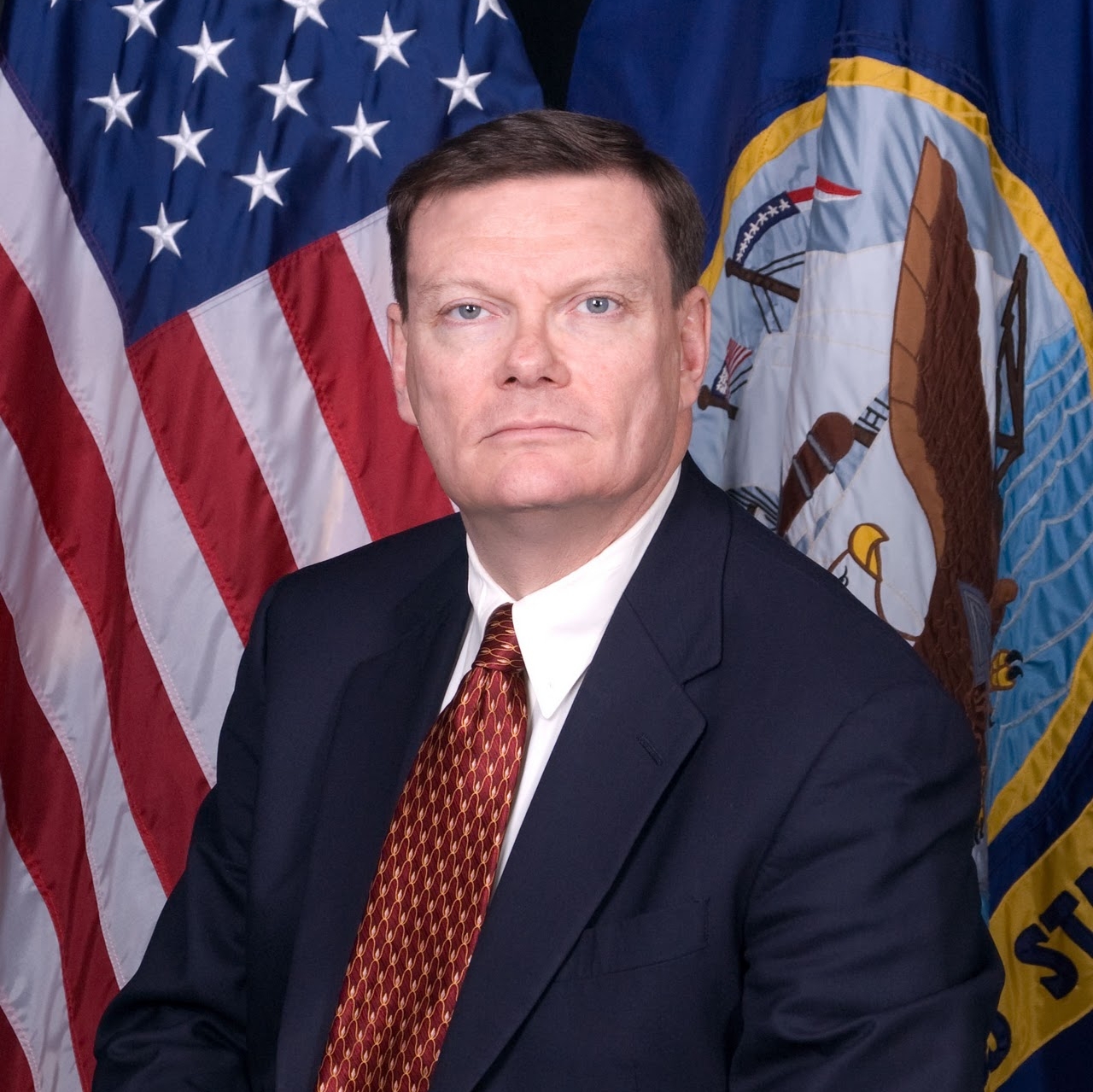 Terry Halvorsen
Terry Halvorsen
Acting CIO
DOD -
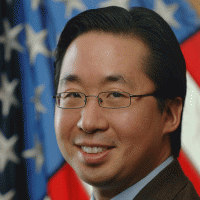 Todd Park
Todd Park
Tech Advisor
Executive Office of the President -
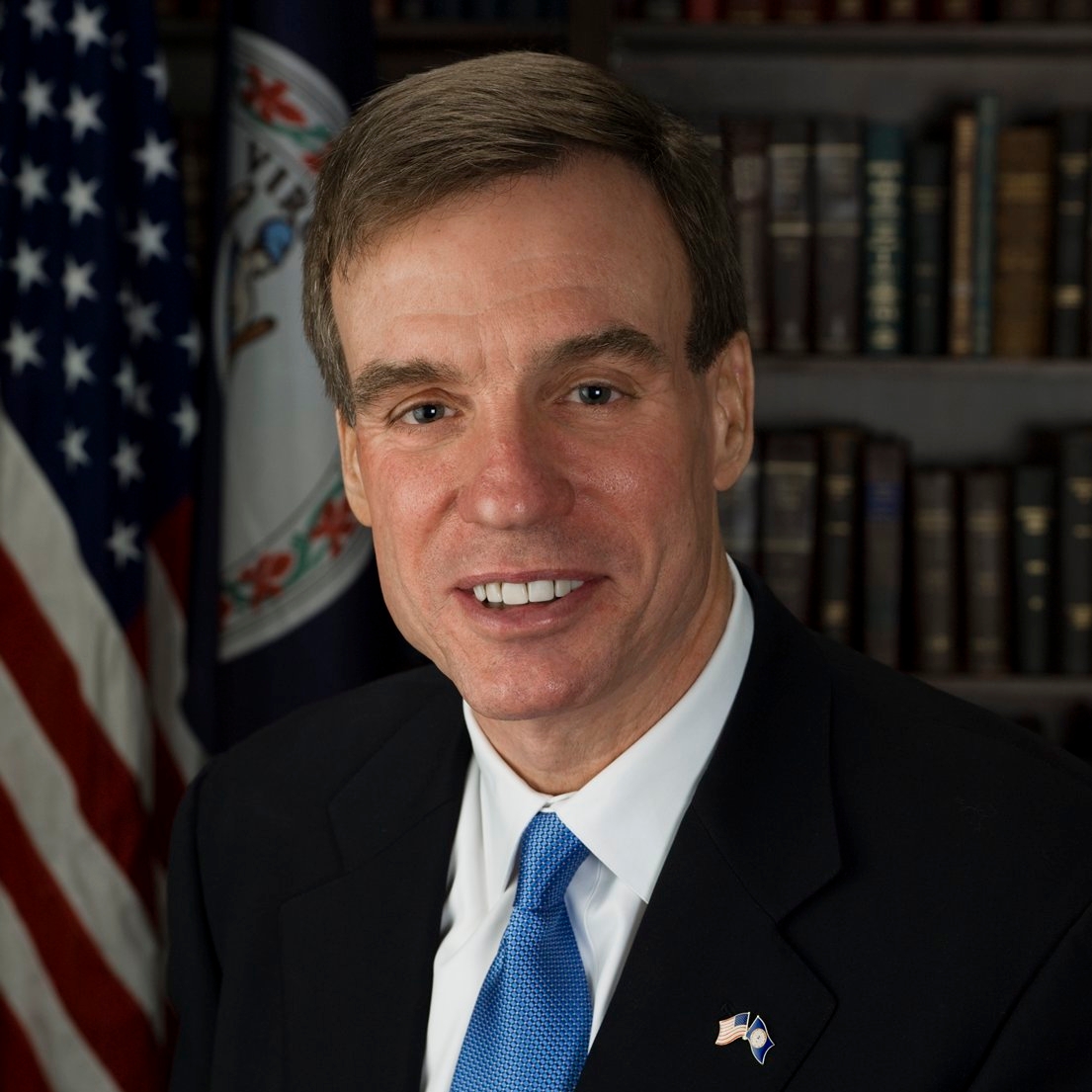 Senator Mark Warner
Senator Mark Warner
Commonwealth of VA
U.S. Congress -
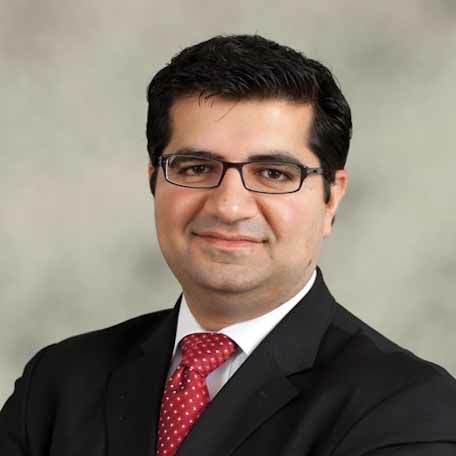 Sonny Hashmi
Sonny Hashmi
CIO
GSA -
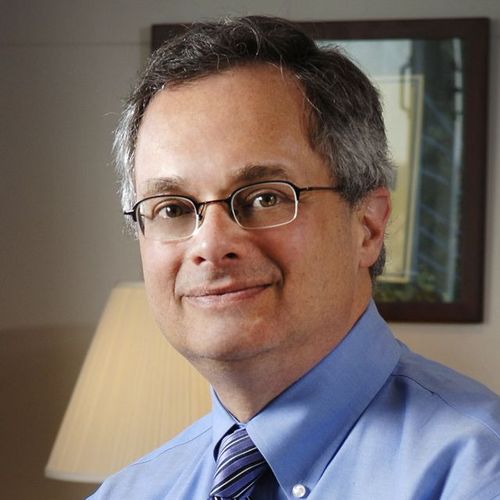 Frank Baitman
Frank Baitman
CIO
HHS -
 David Bennett
David Bennett
CIO
DISA -
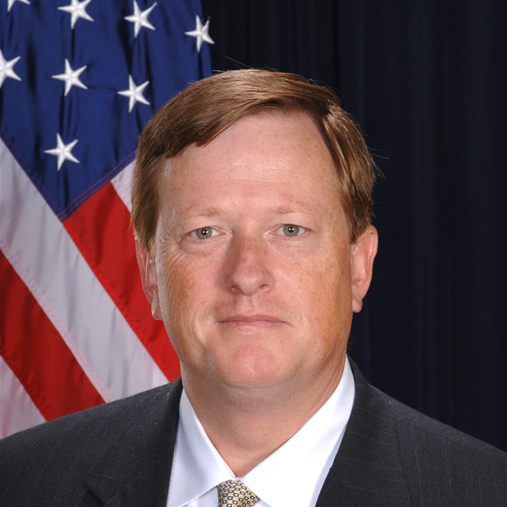 Luke McCormack
Luke McCormack
CIO
DHS -
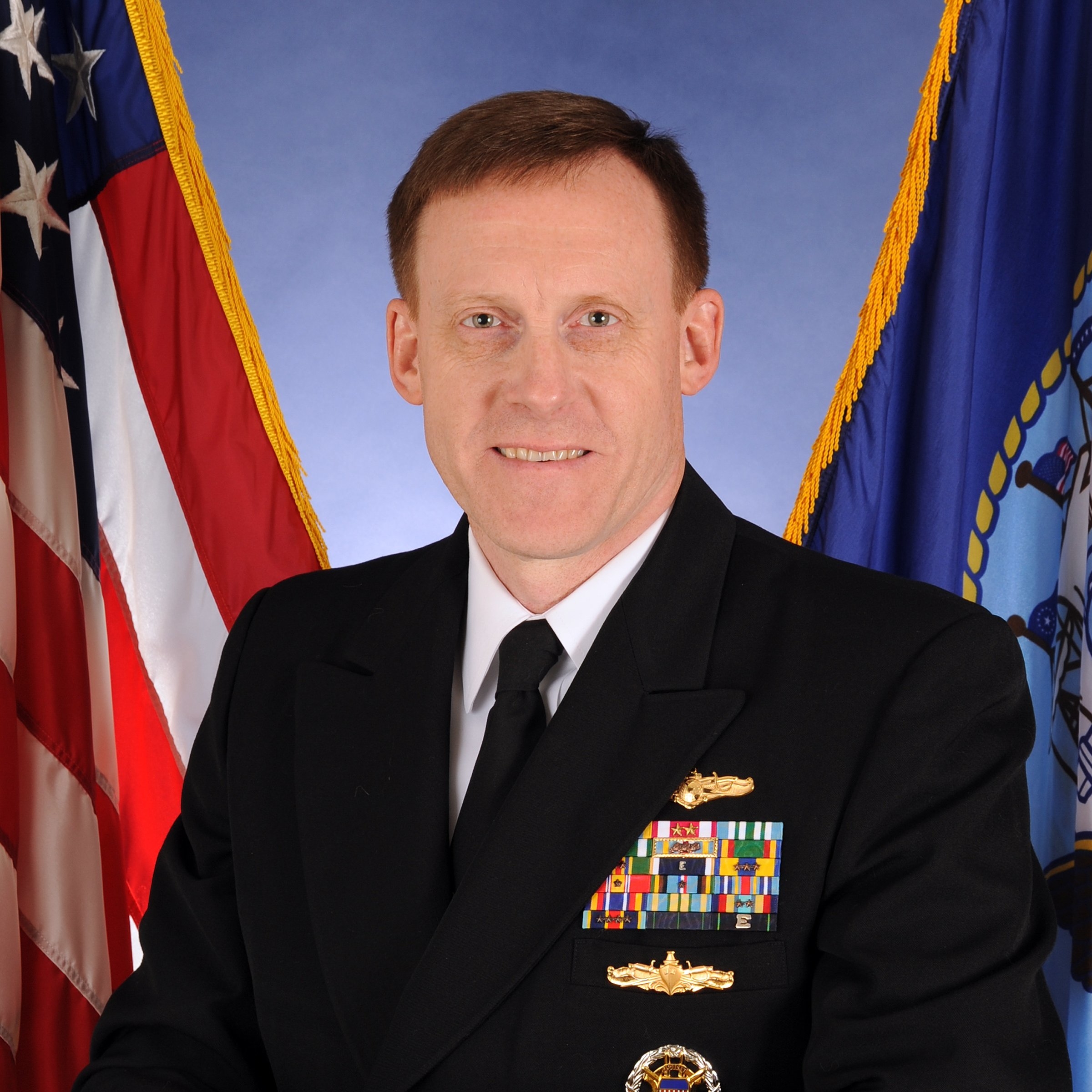 Admiral Michael Rogers
Admiral Michael Rogers
Commander of U.S. Cyber Command & Director
NSA -
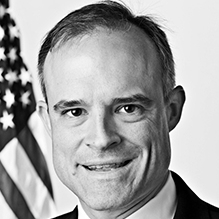 Michael Daniel
Michael Daniel
Special Assistant to the President & Cybersecurity Coordinator
Executive Office of the President -
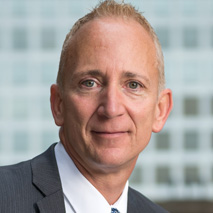 Don Adcock
Don Adcock
Acting CIO
Dept. of Energy -
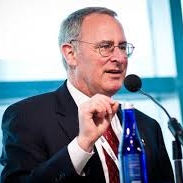 Mike Krieger
Mike Krieger
Deputy CIO G/6
U.S. Army -
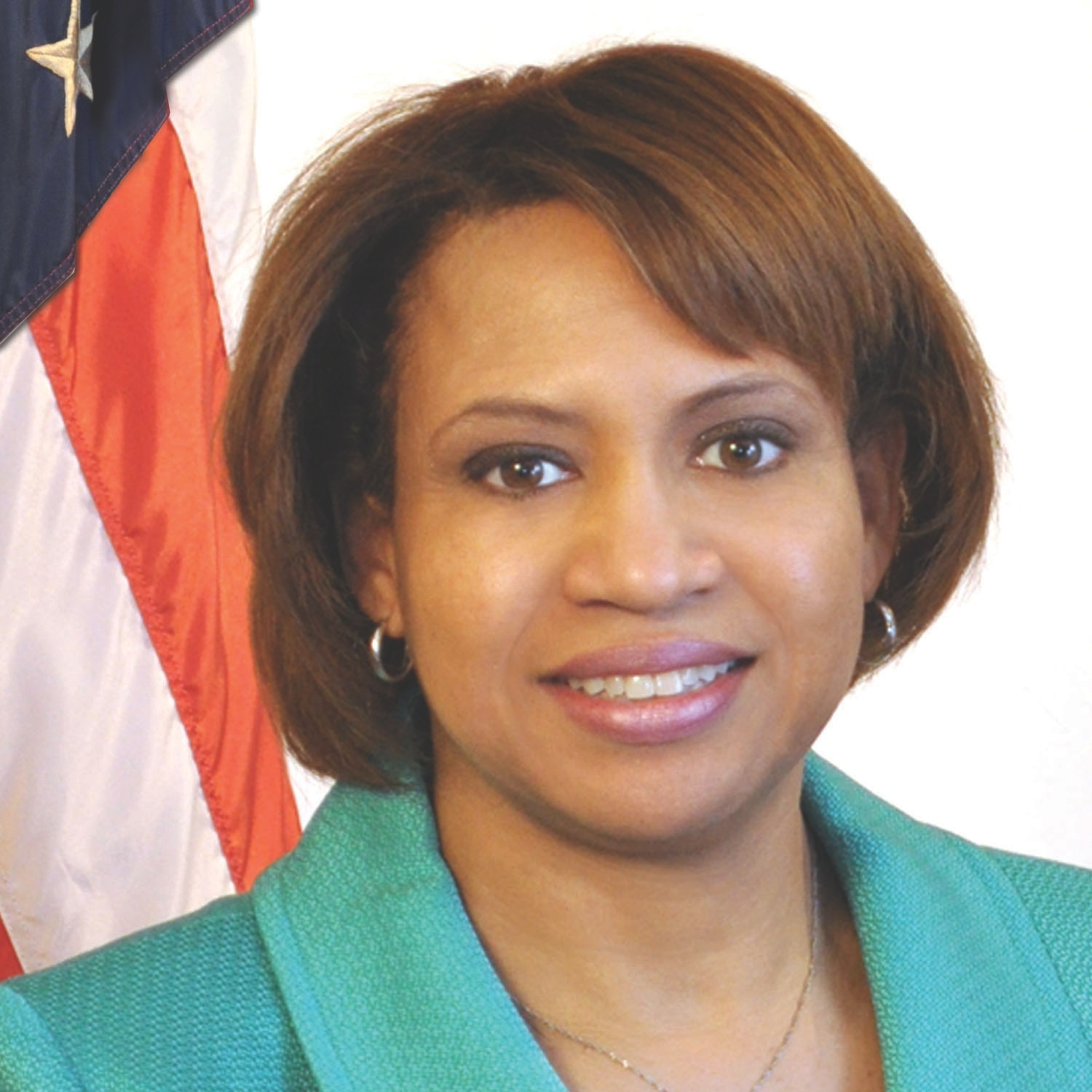 Karen Britton
Karen Britton
Special Assistant to the President & CIO Office of Administration
Executive Office of the President -
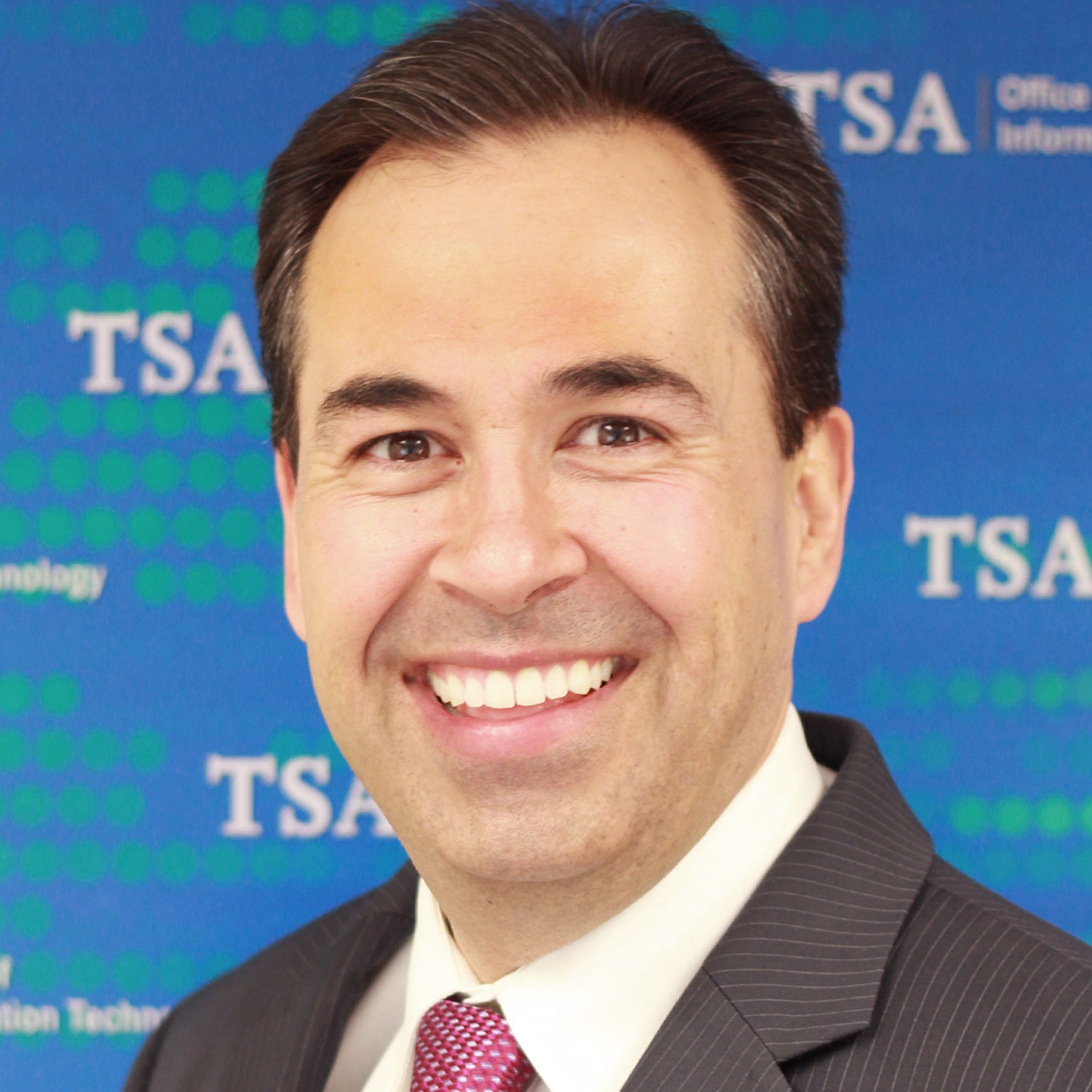 Stephen Rice
Stephen Rice
Assistant Administrator for OIT & CIO
TSA/DHS -
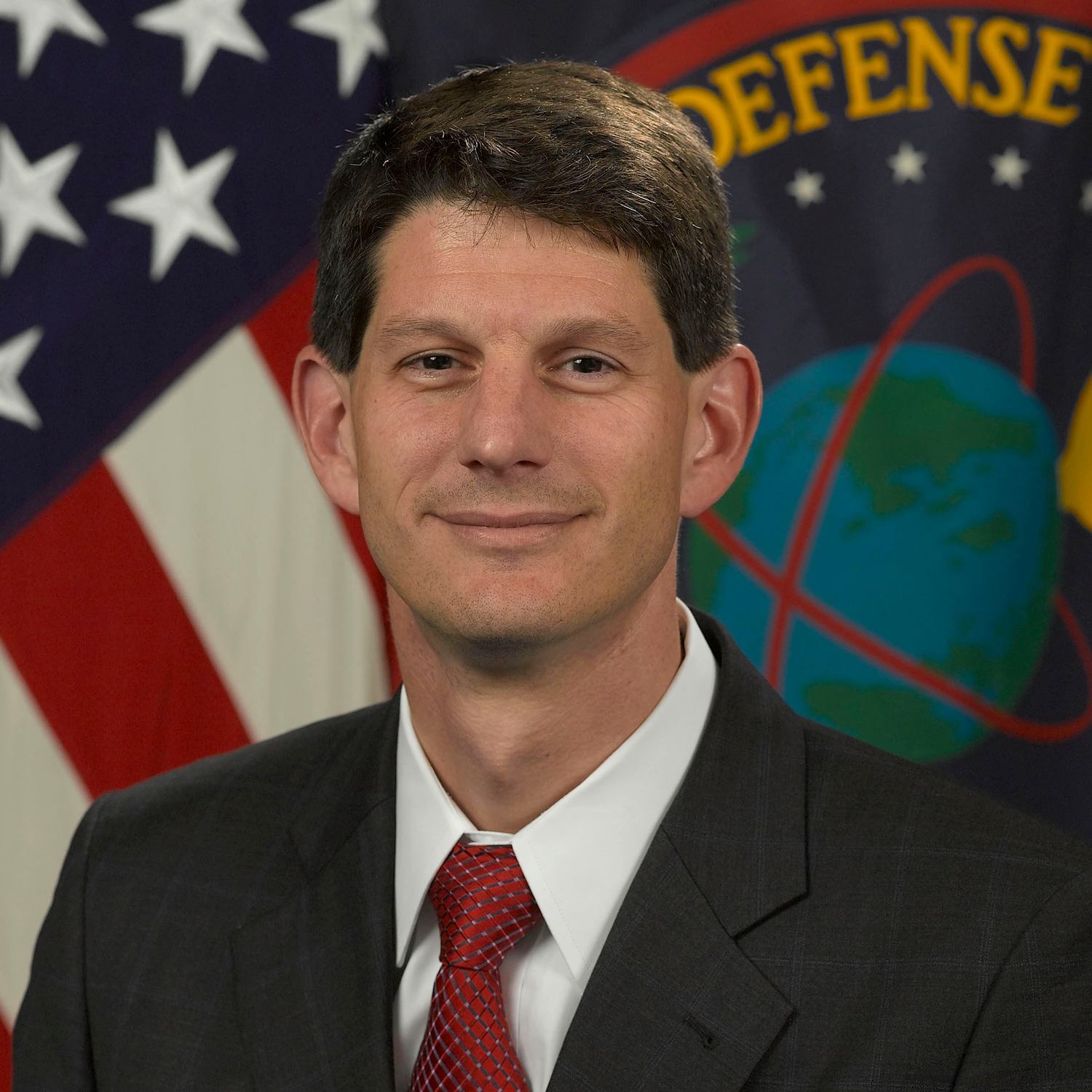 Grant Schneider
Grant Schneider
Deputy Director for Information Management & CIO
Defense Intelligence Agency -
 S. Gina Garza
S. Gina Garza
Deputy CIO for Operations
IRS -
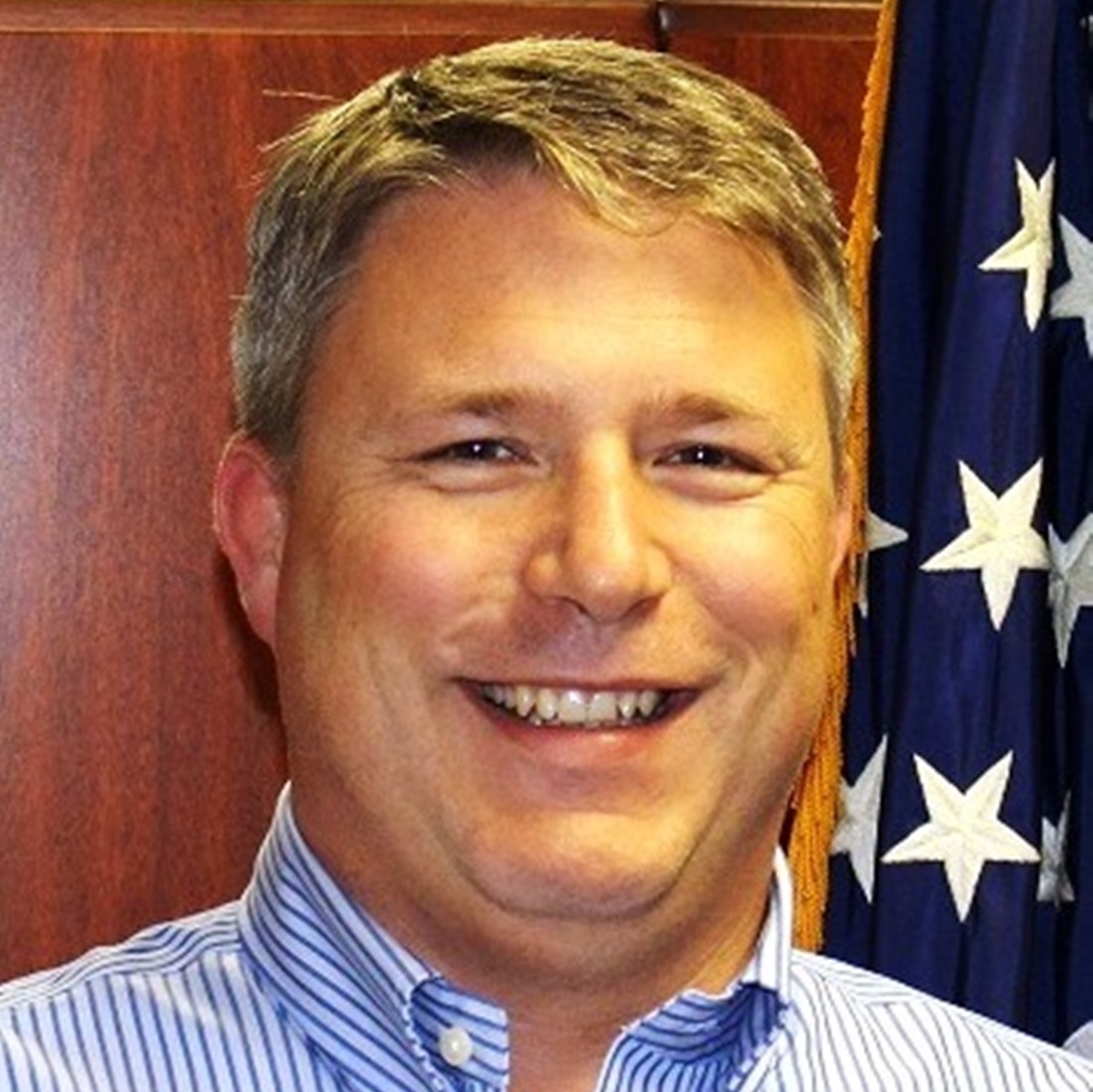 Chad Sheridan
Chad Sheridan
CIO
RMA/USDA -
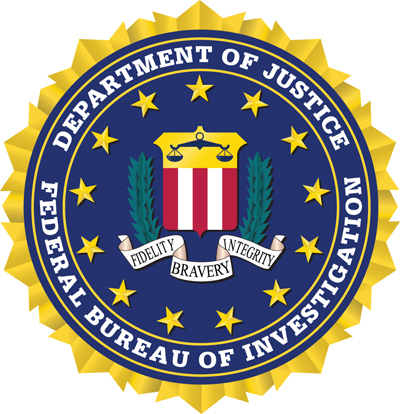 David Rubin
David Rubin
Unit Chief, Collaboration, Compliance & Authentication Engineering, Head of Mobility
FBI
Industry Leadership:
For the private sector pioneer driving change in government IT with unique solutions.
-
 James Albers
James Albers
SVP of Government Operations
MorphoTrust -
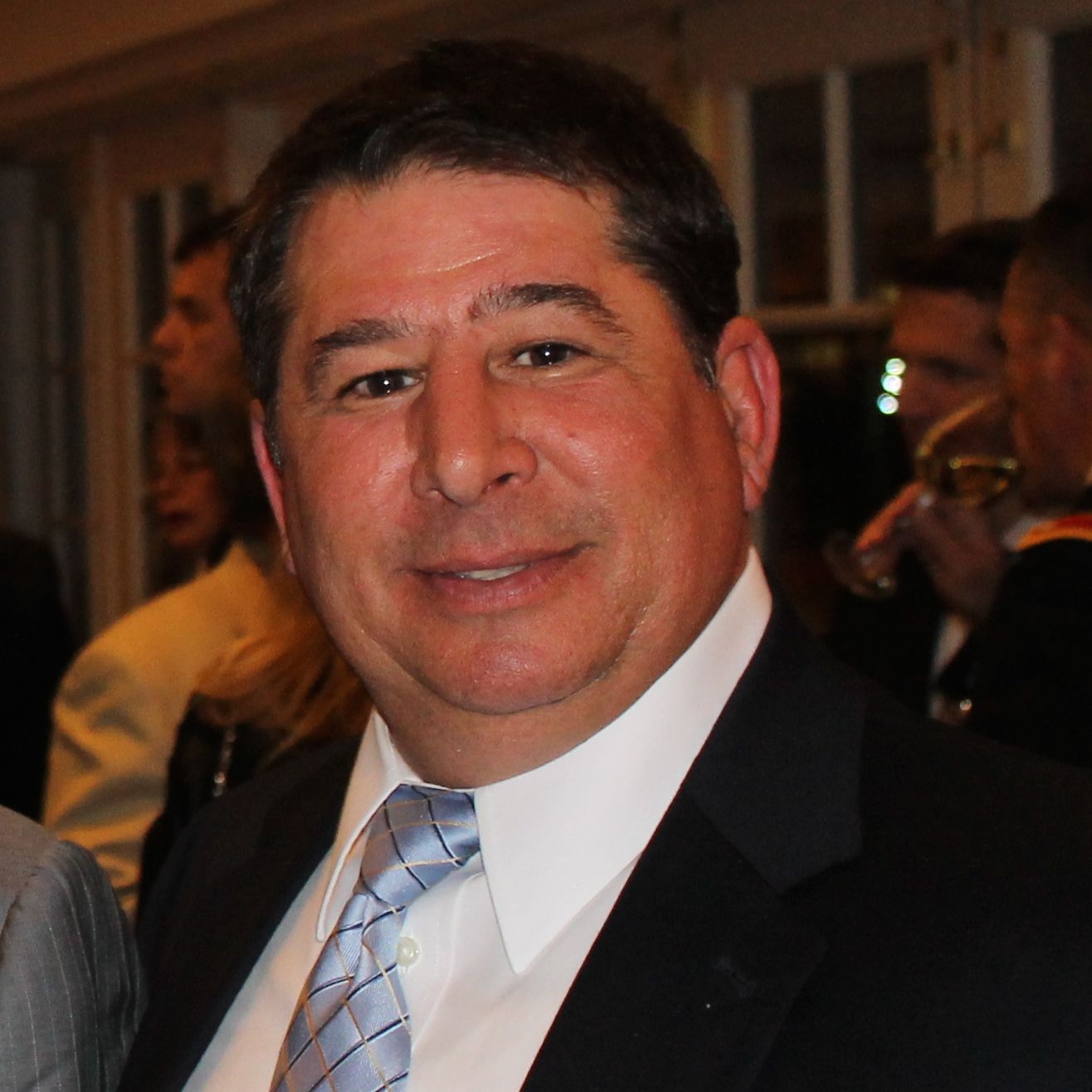 Stephen Alfieris
Stephen Alfieris
VP Federal
ServiceNow -
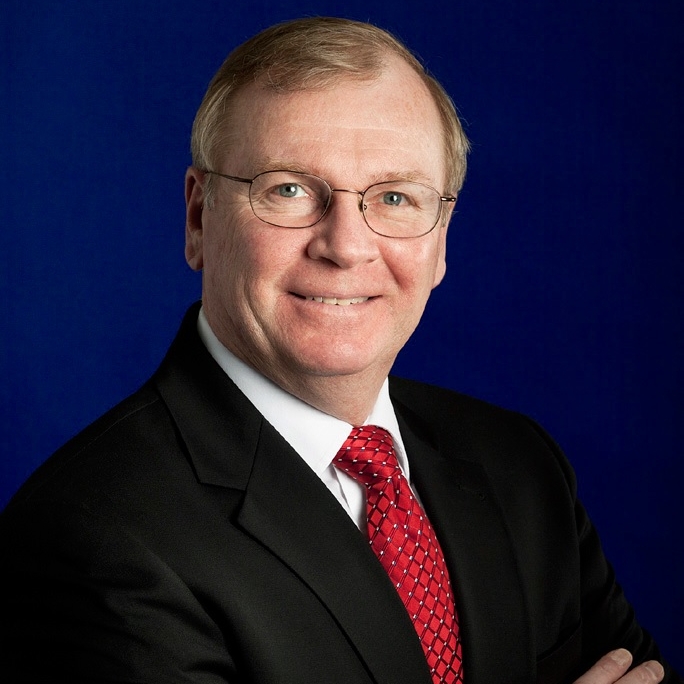 Michael Brown
Michael Brown
VP & GM Global Public Sector
RSA, The Security Division of EMC -
 Teresa Carlson
Teresa Carlson
VP of Global Public Sector
Amazon Web Services -
 Mark Cohn
Mark Cohn
CTO
Unisys -
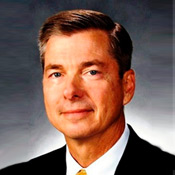 Charlie Croom
Charlie Croom
VP, Cyber Strategy & Government Relations
Lockheed Martin -
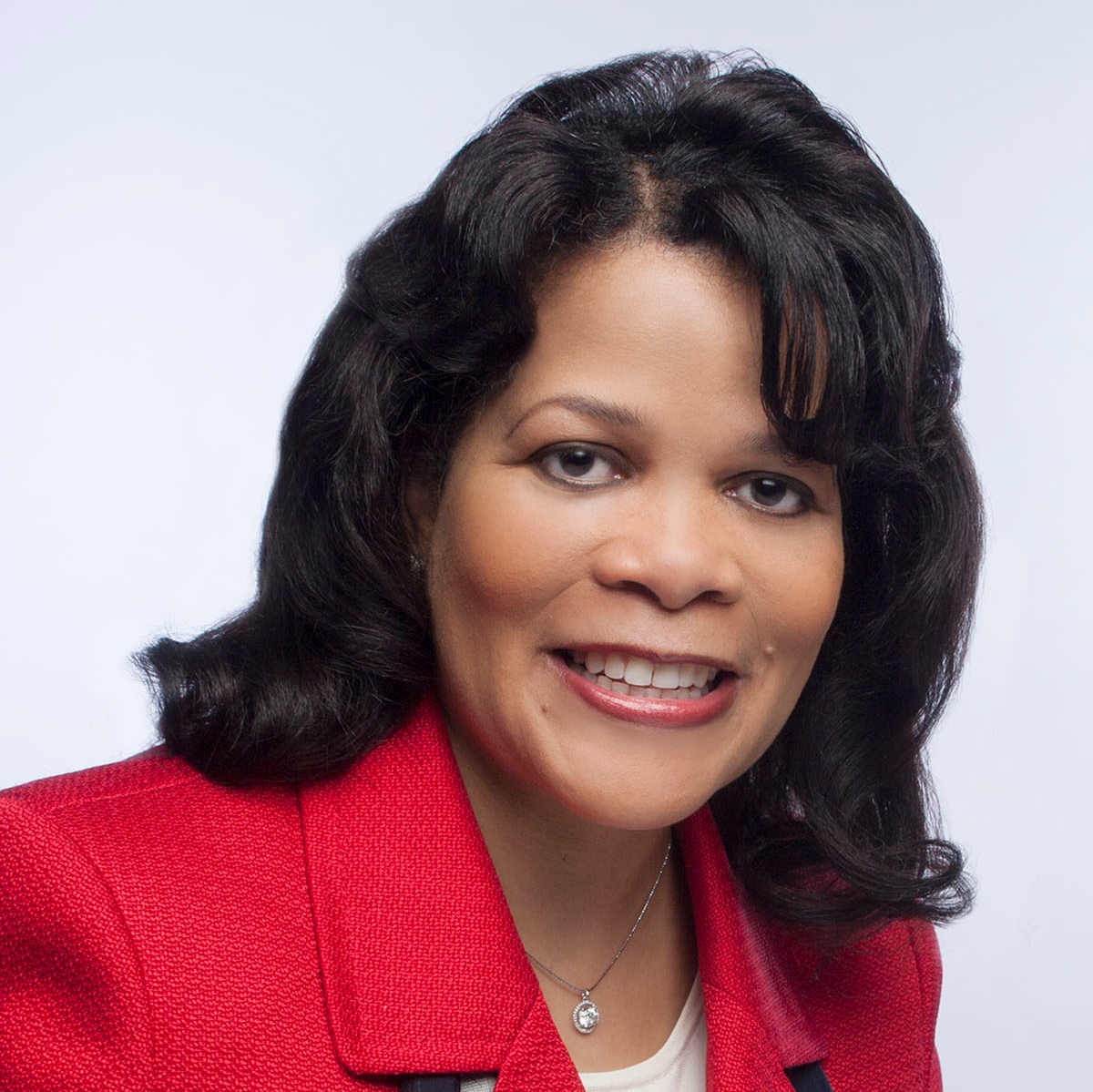 Marilyn Crouther
Marilyn Crouther
SVP & GM
HP Enterprise Services -
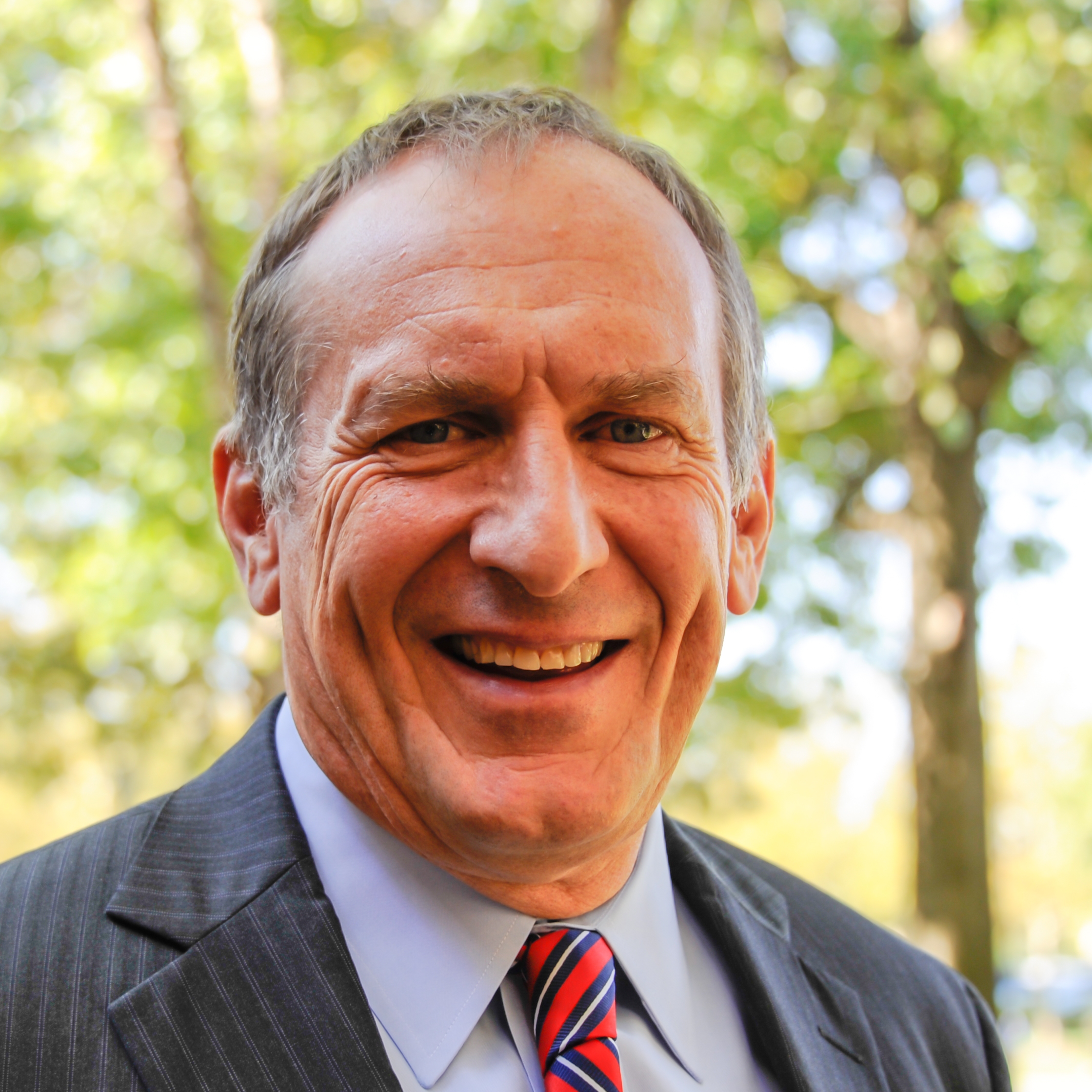 Maj. Gen. John Custer (Ret.)
Maj. Gen. John Custer (Ret.)
Director, Federal Strategic Missions & Programs
EMC -
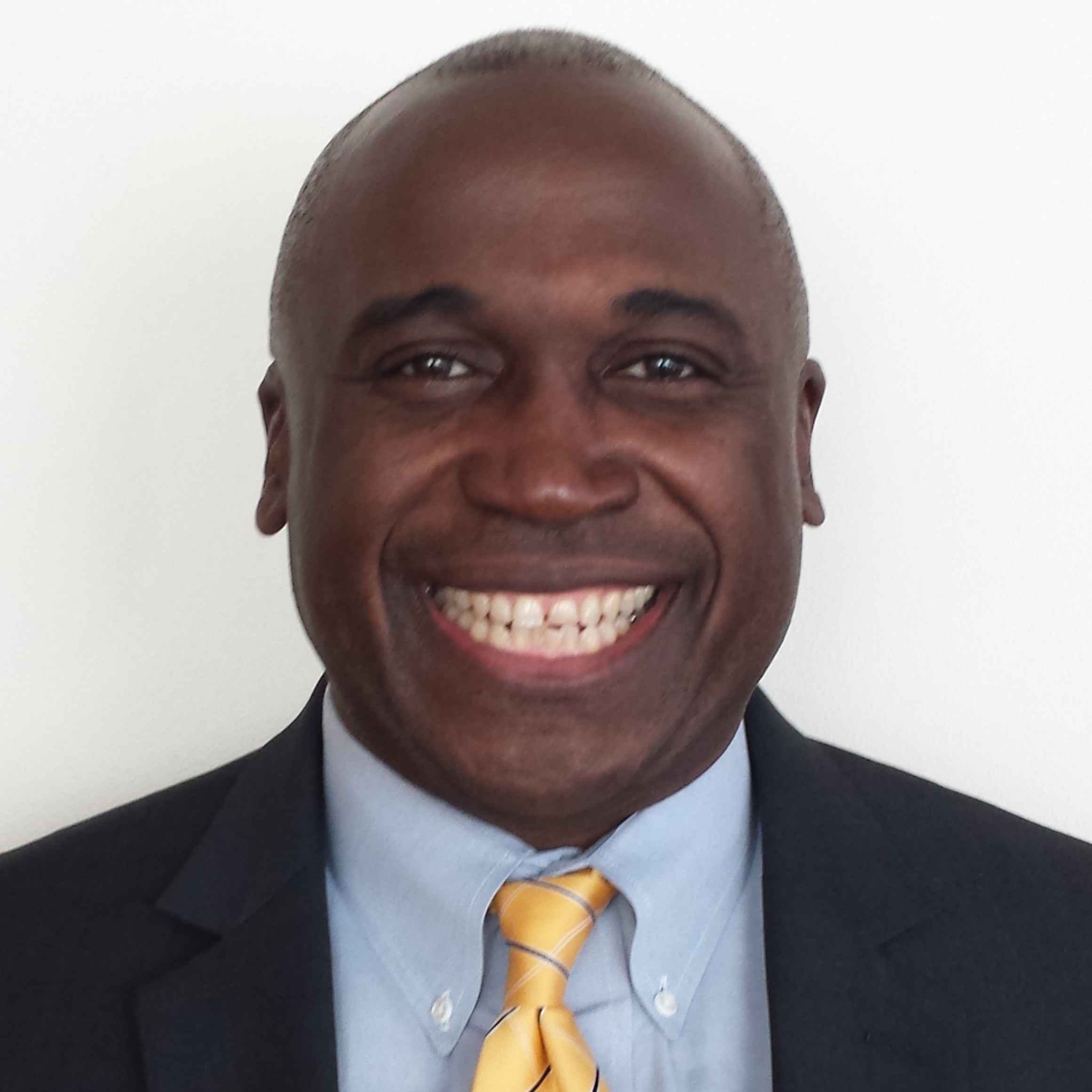 Don Dixon
Don Dixon
SVP, Global Document Outsourcing Business Group
Xerox -
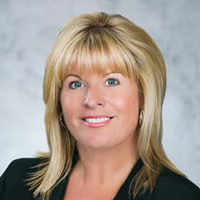 Lynn Martin
Lynn Martin
VP, Public Sector
VMware -
 Ron Gula
Ron Gula
CEO & CTO
Tenable Network Security -
 Joel Gurin
Joel Gurin
Sr. Advisor at the Governance Lab
NYU -
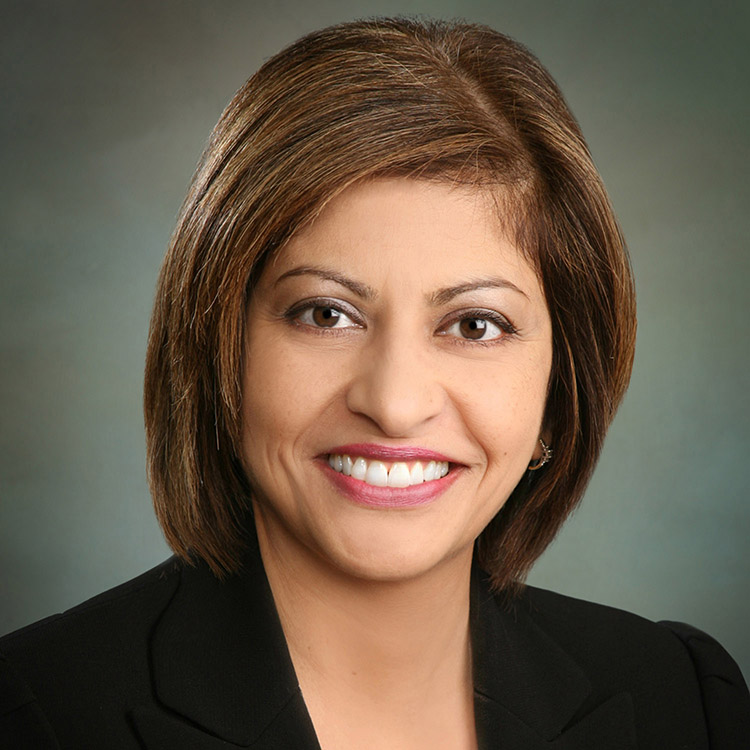 Kay Kapoor
Kay Kapoor
President
AT&T Government Solutions -
 David Kimball
David Kimball
VP, Federal Sales
SolarWinds -
 Jason Kimrey
Jason Kimrey
Area Director, Federal Sales
Intel -
 Curt Kolcun
Curt Kolcun
VP, U.S. Public Sector
Microsoft -
 John Marshall
John Marshall
SVP & GM
AirWatch by VMware -
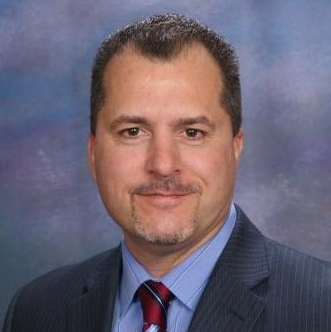 Johnny Overcast
Johnny Overcast
Director, Government Sales
Samsung -
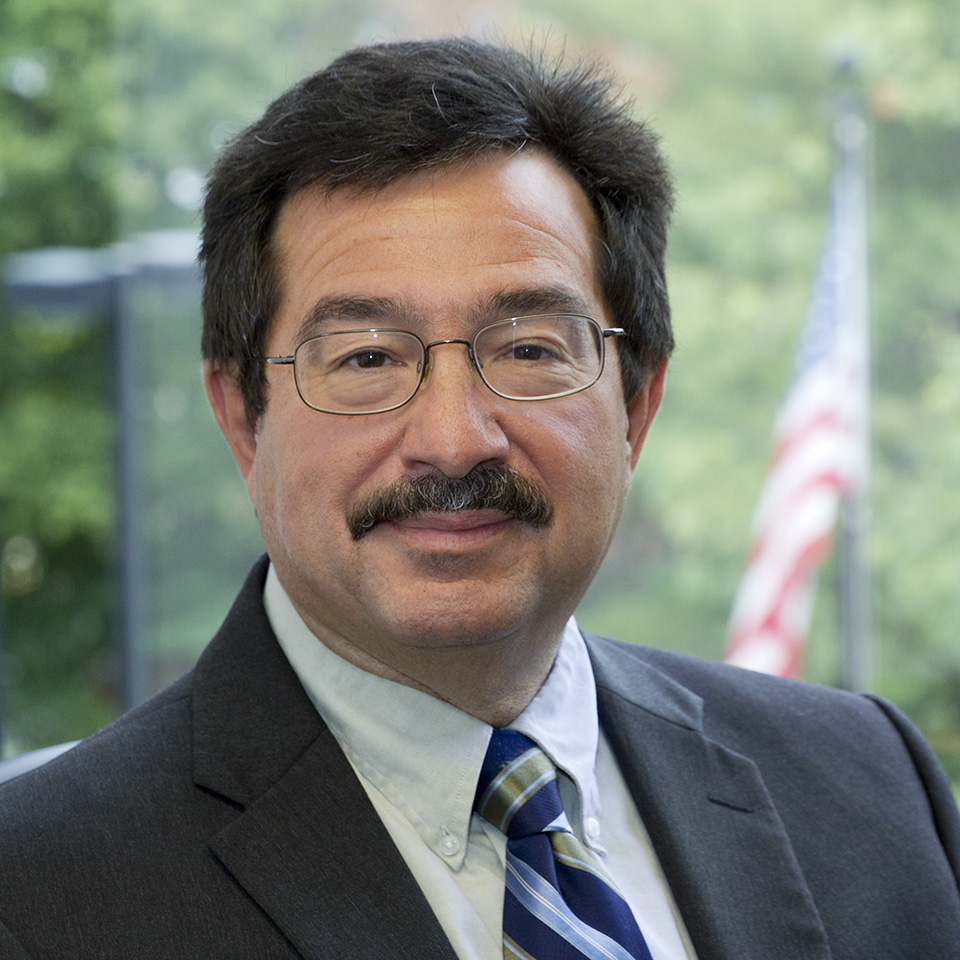 Thomas Romeo
Thomas Romeo
President
Maximus Federal -
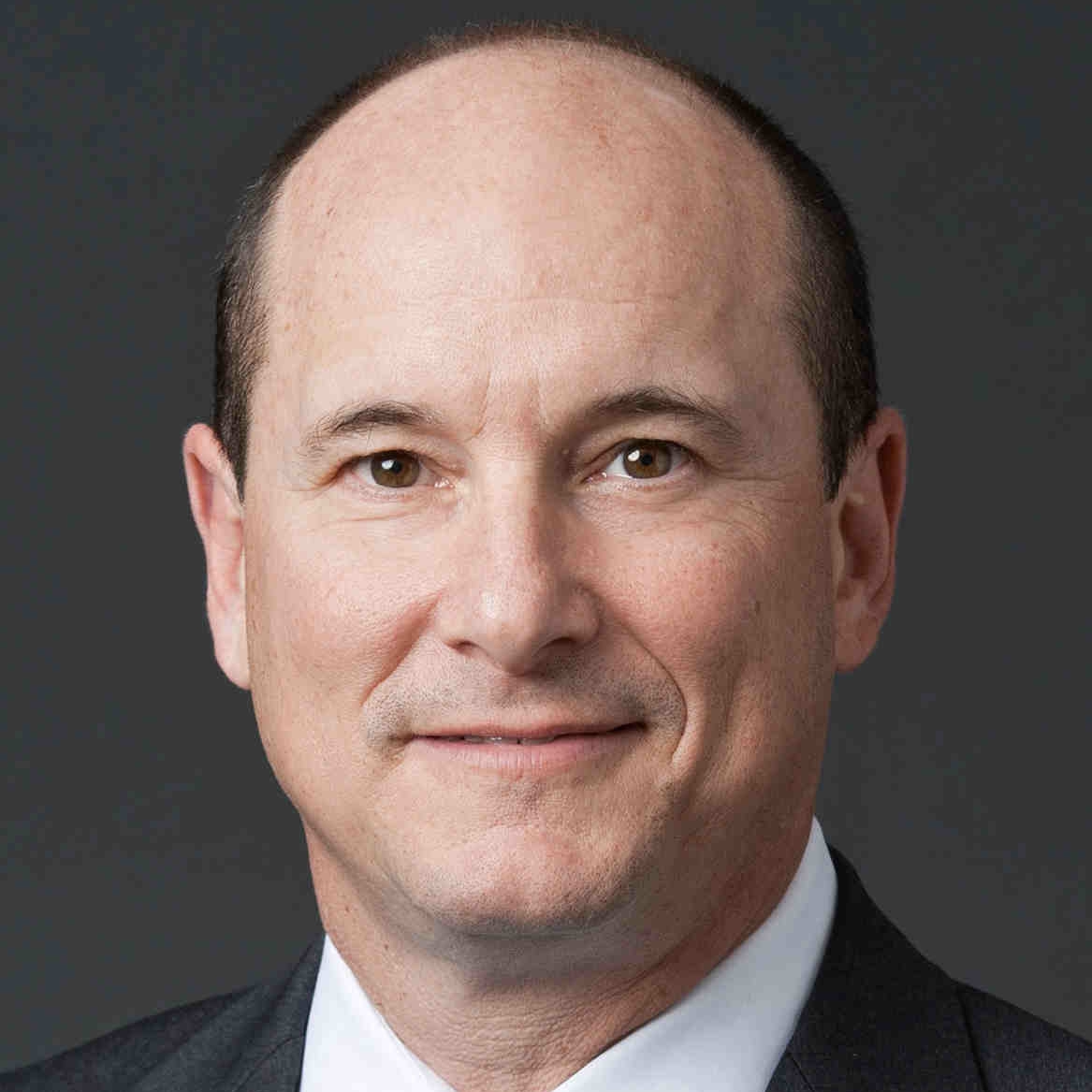 Rob Stein
Rob Stein
VP, U.S. Public Sector
NetApp -
 Shawn Wells
Shawn Wells
Director of Innovation Programs
Red Hat
Federal Leadership:
For the public sector principal helping government implement new technologies, strategies and IT programs.
-
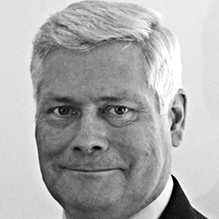 Charles Bartoldus
Charles Bartoldus
Sr. Dir. of Info Sharing/White House National Security Staff
Executive Office of the President -
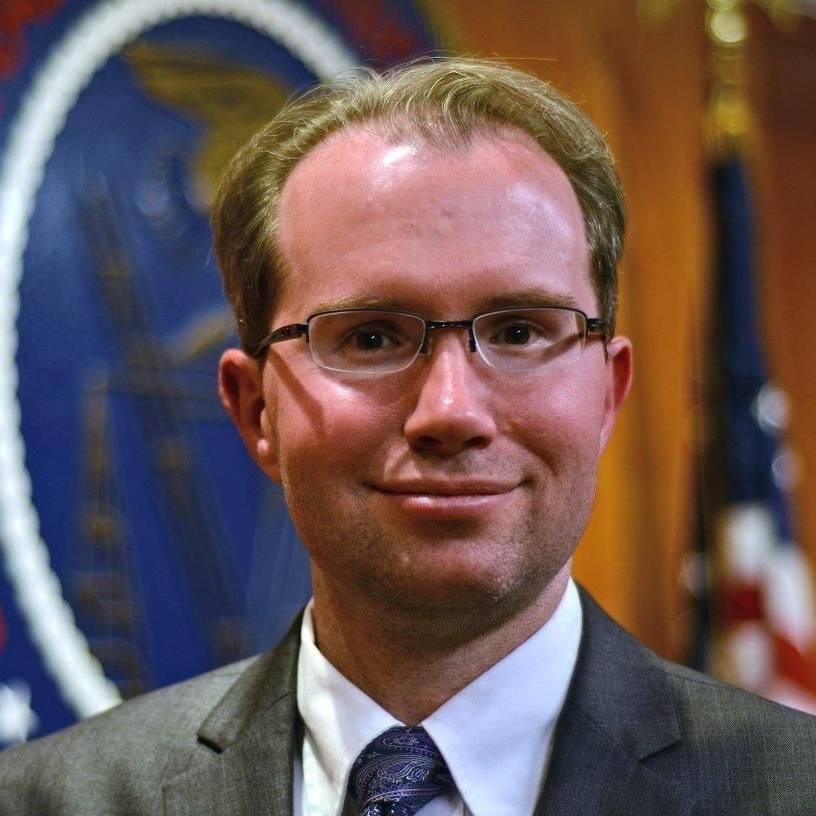 David Bray
David Bray
CIO
FCC -
 James Brown
James Brown
Network Engineer
DOD -
 Robert Burchard
Robert Burchard
Program Analyst
EPA -
 John DeLong
John DeLong
Director of Compliance
NSA -
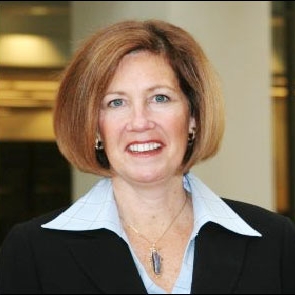 Deb Diaz
Deb Diaz
CTO for IT
NASA -
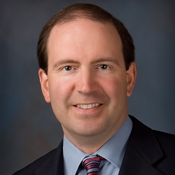 John Edgar
John Edgar
VP, IT
USPS -
 Michael Frenchik
Michael Frenchik
Chief, Safety Systems Management Division
NHTSA/DOT -
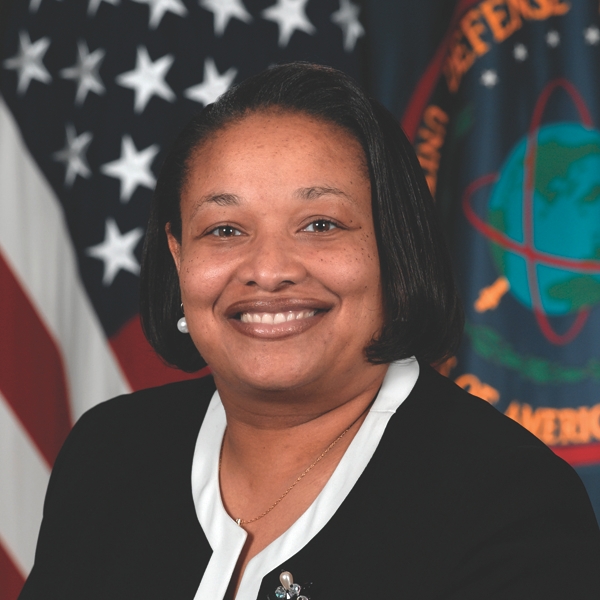 Janice Glover-Jones
Janice Glover-Jones
Deputy CIO
DIA -
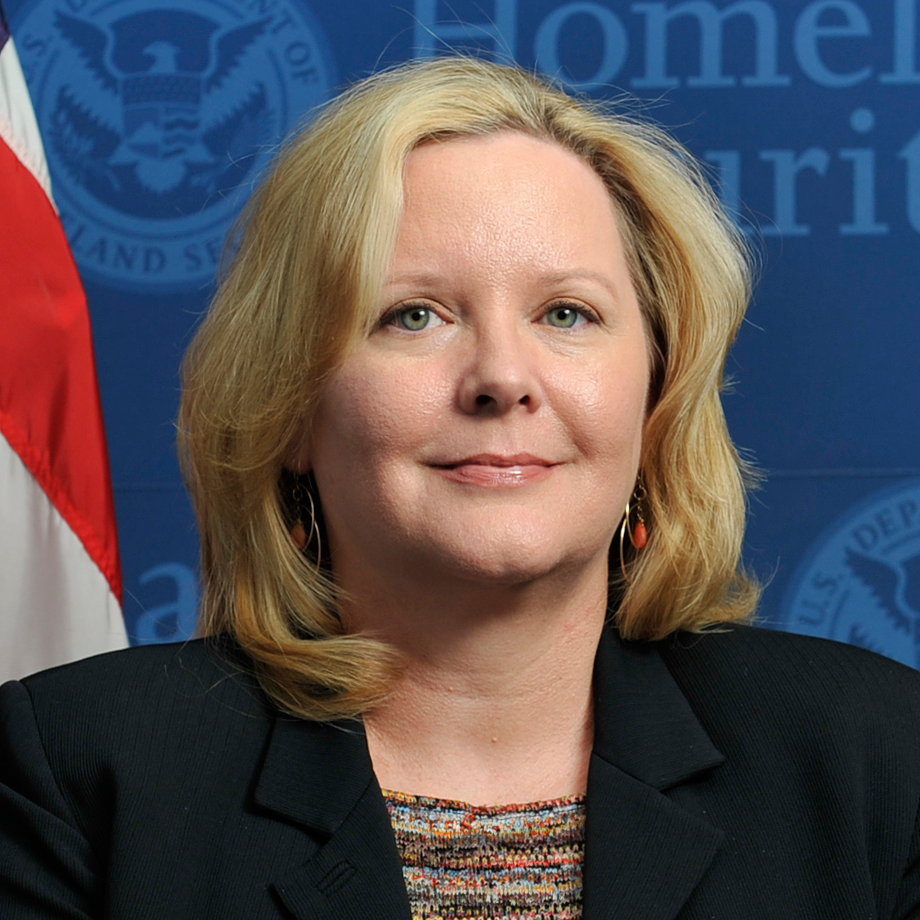 Margie Graves
Margie Graves
Deputy CIO
DHS -
 Kimberly Hancher
Kimberly Hancher
CIO
EEOC -
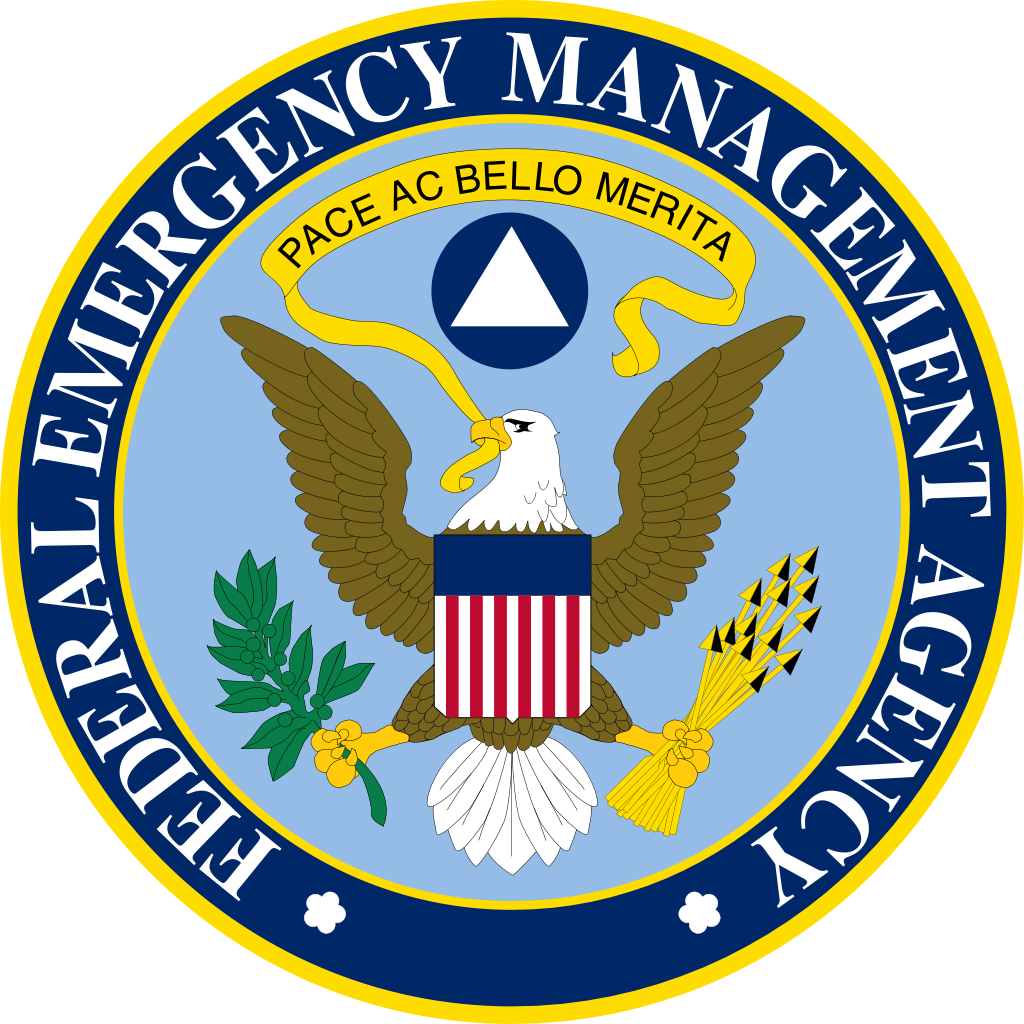 Paul Huang
Paul Huang
Branch Chief, Data & Dissemination
FEMA -
 Dr. Alissa Johnson
Dr. Alissa Johnson
Deputy CIO
Executive Office of the President -
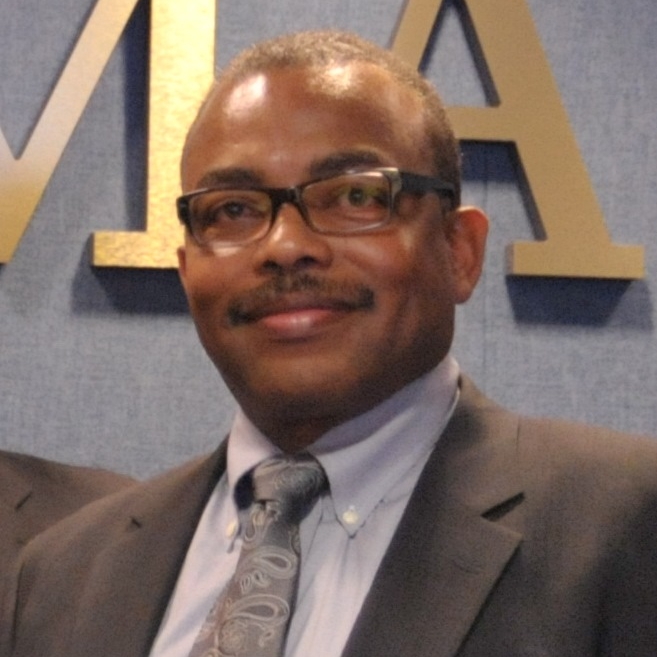 Antwane Johnson
Antwane Johnson
Director & Project Manager
FEMA -
 Steven Johs
Steven Johs
Director, Enterprise Infrastructure Support
Dept. of Veterans Affairs -
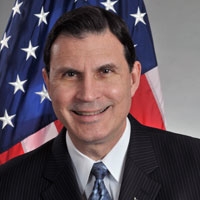 Joe Klimavicz
Joe Klimavicz
CIO
DOJ -
 Marina Martin
Marina Martin
CTO
Dept. of Veterans Affairs -
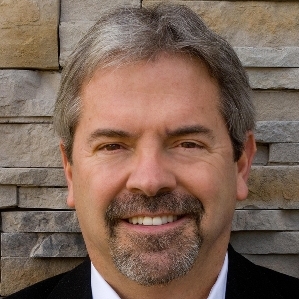 Richard McKinney
Richard McKinney
CIO
DOT -
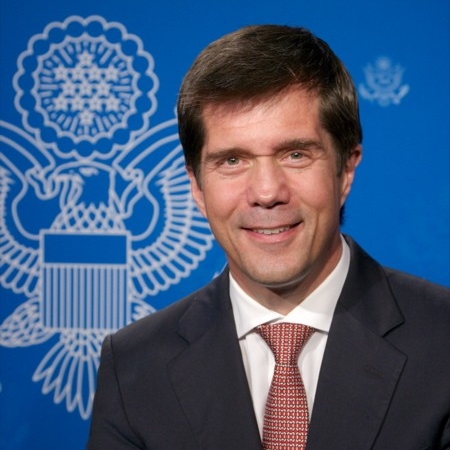 Eric Nelson
Eric Nelson
Director, Office of eDiplomacy
Dept. of State -
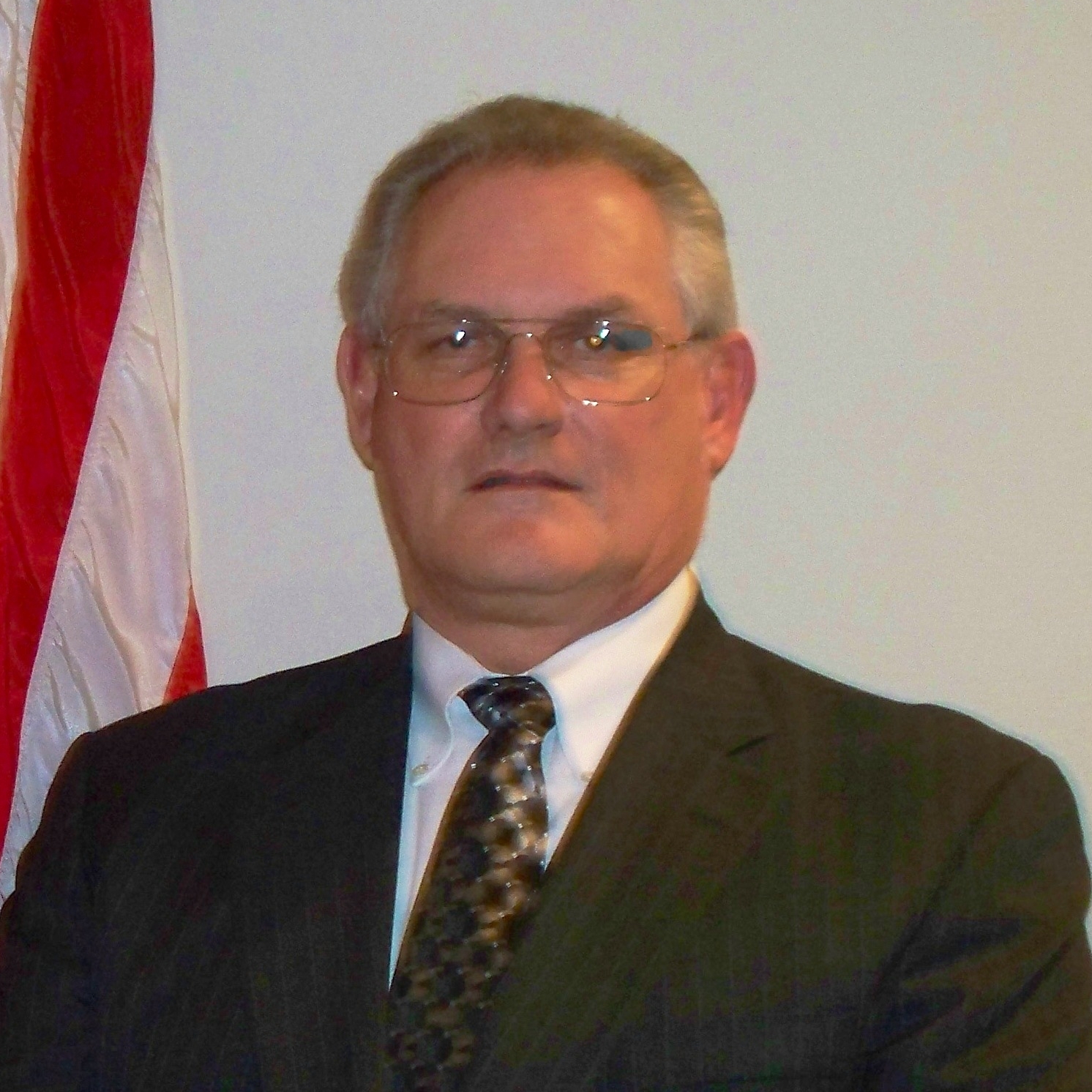 Ken Nesbit
Ken Nesbit
Associate CIO, Infrastructure & Operations
Dept. of Treasury -
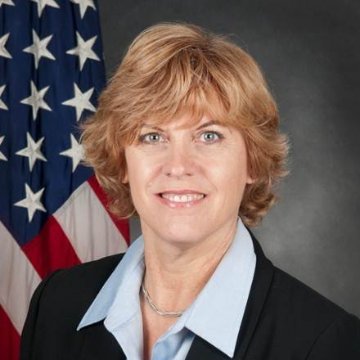 Penny Powell
Penny Powell
Branch Chief, Assessments
DOD/Joint Staff J-6 -
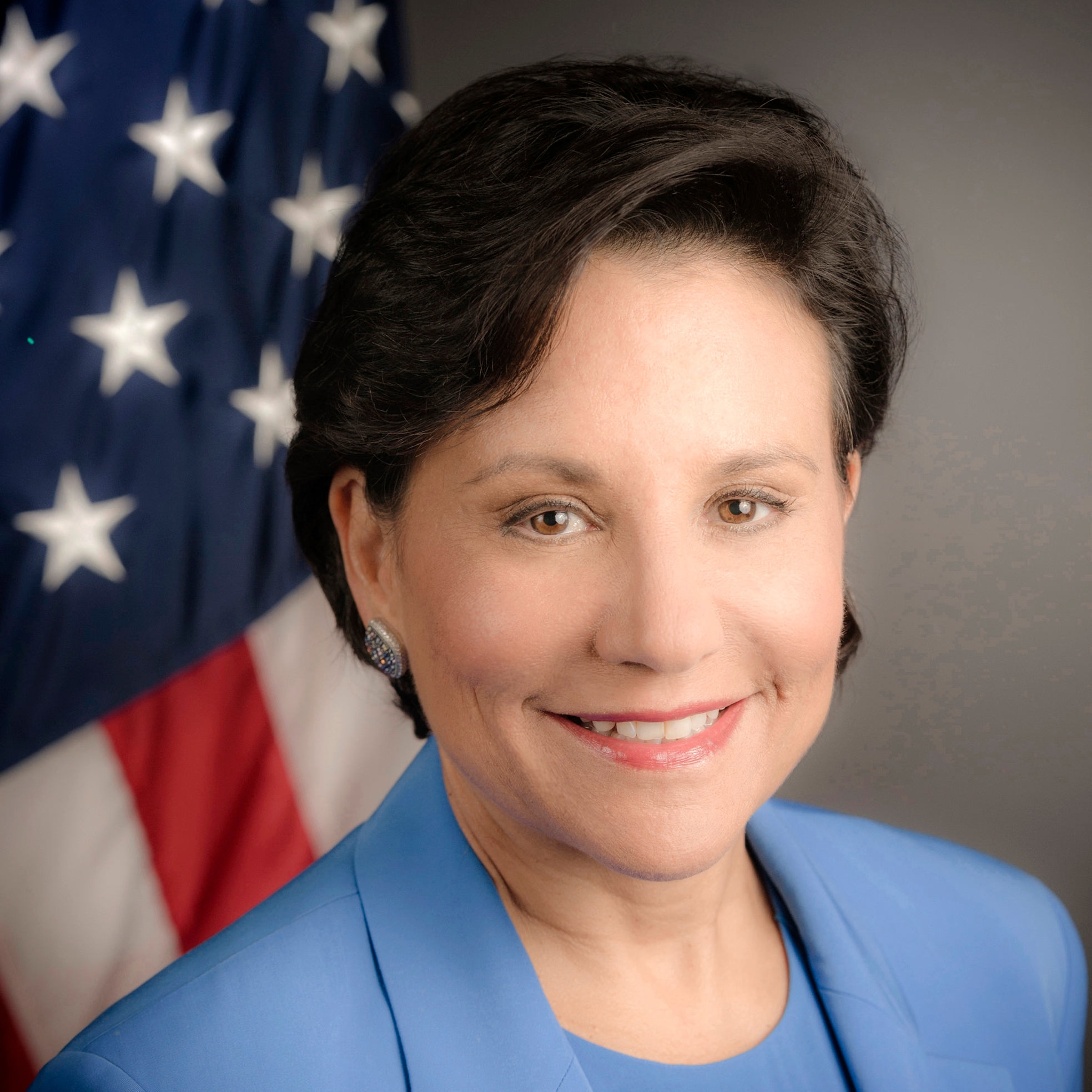 Penny Pritzker
Penny Pritzker
Secretary
Dept. of Commerce -
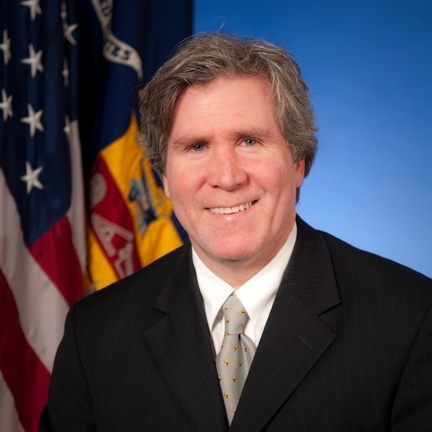 Michael Reardon
Michael Reardon
Supervisory Policy Advisor
ODEP/Dept. of Labor -
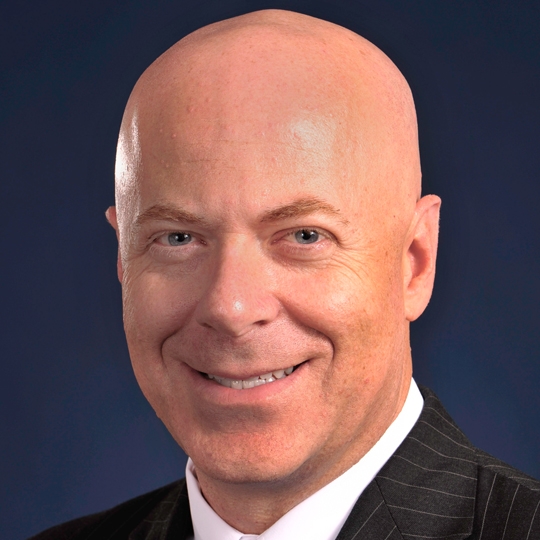 Chuck Riddle
Chuck Riddle
CIO
GPO -
 Paul Rooney
Paul Rooney
Mapping Technology Specialist
FEMA -
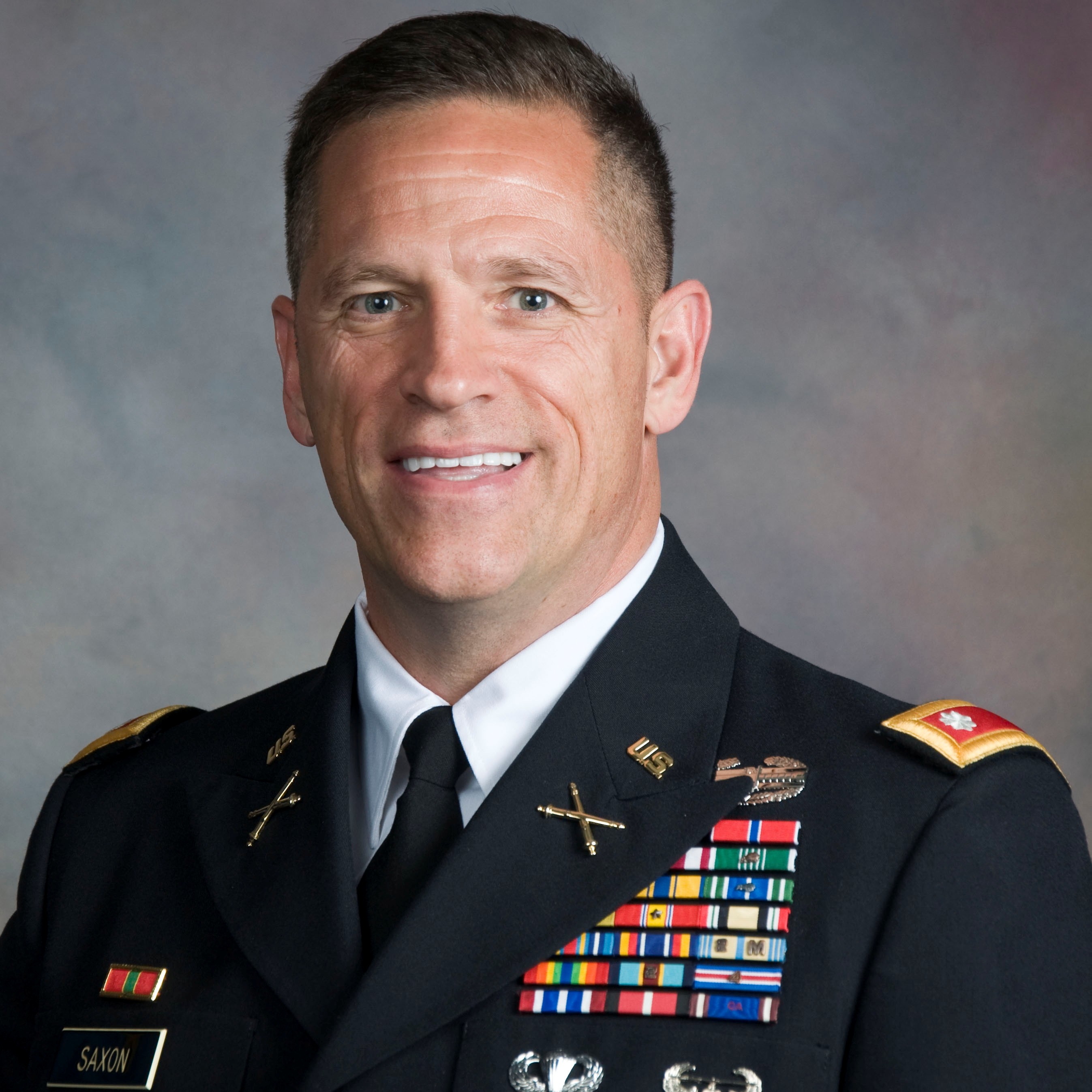 Col. Bobby Saxon
Col. Bobby Saxon
Division Chief
U.S. Army G-3/5/7 -
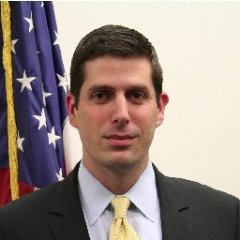 Nick Sinai
Nick Sinai
Deputy CTO/OSTP
Executive Office of the President -
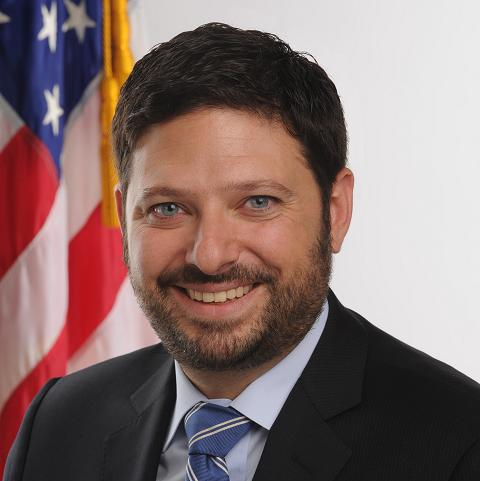 Bryan Sivak
Bryan Sivak
CTO
HHS -
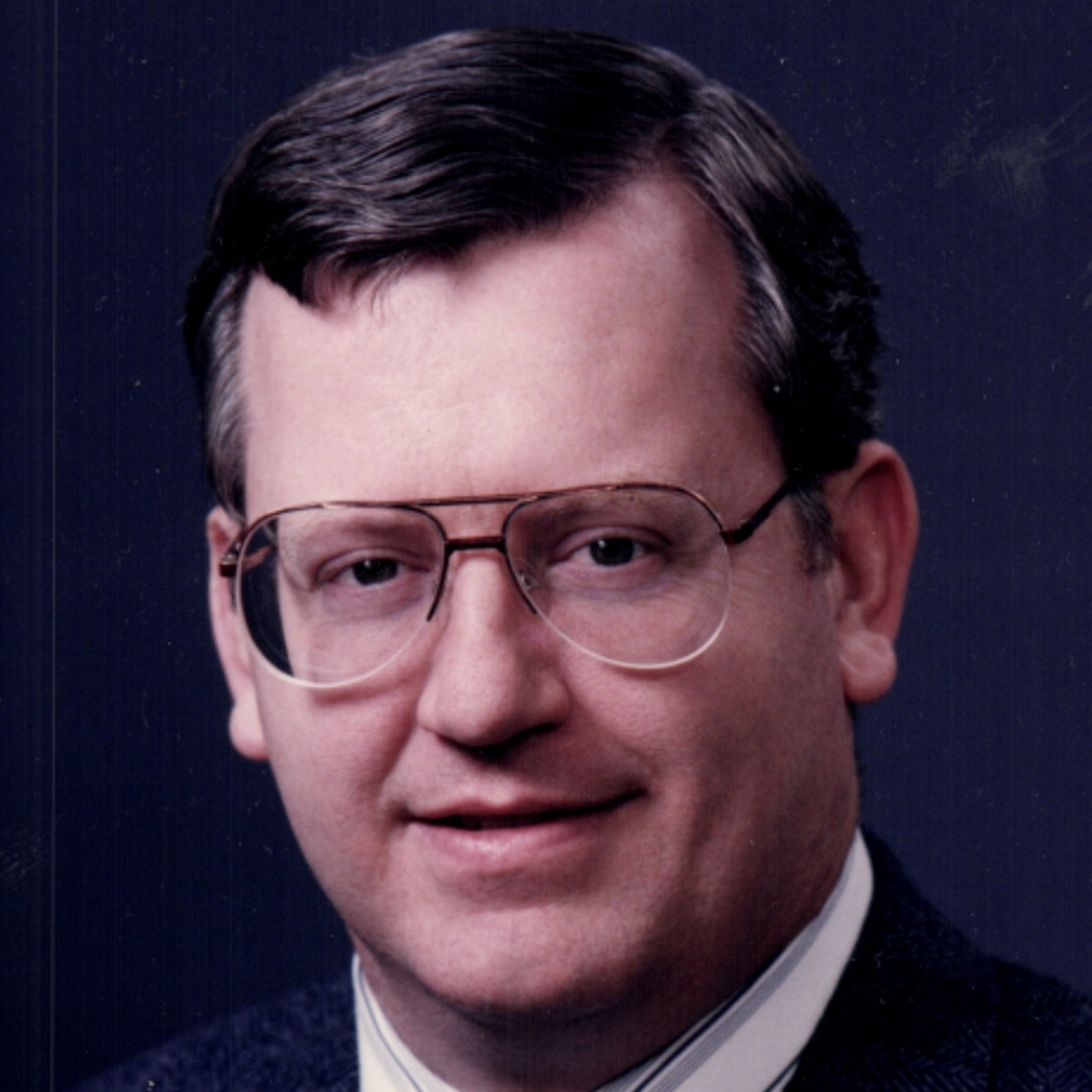 Dennis Stephan
Dennis Stephan
Deputy CIO
USDA Risk Management Agency -
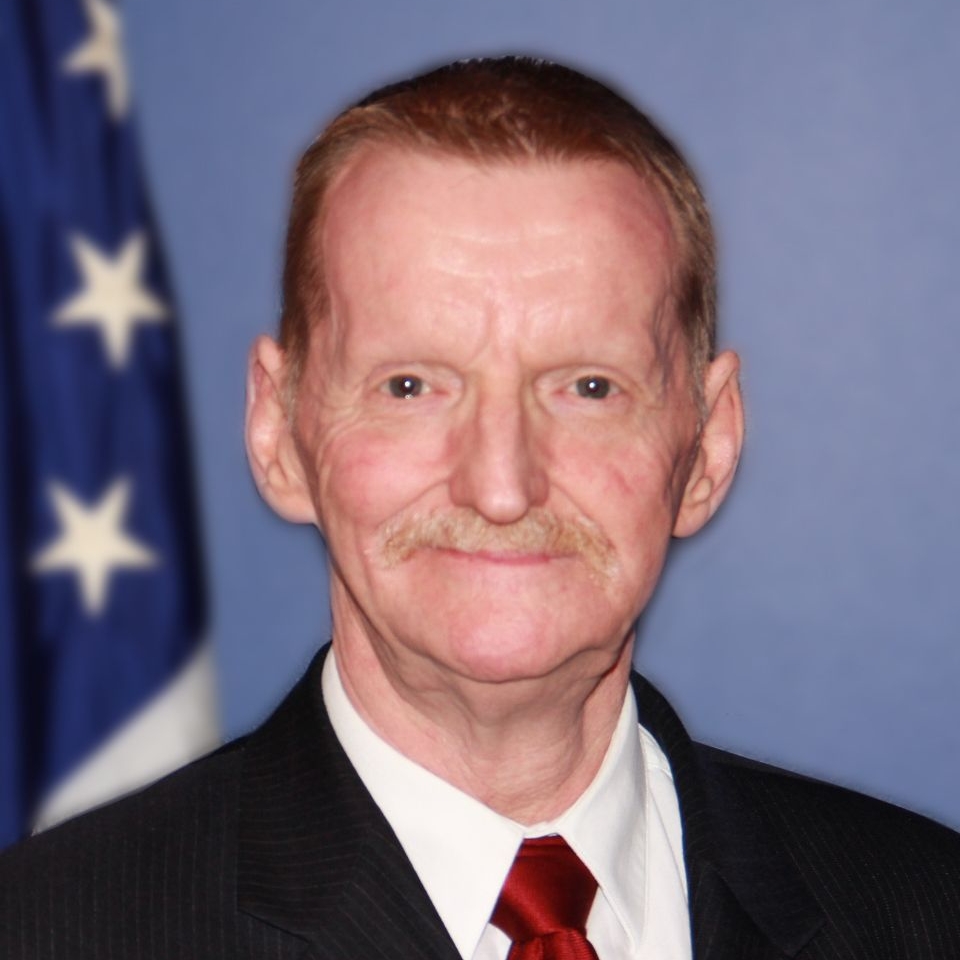 Wolf Tombe
Wolf Tombe
CTO
CBP/DHS -
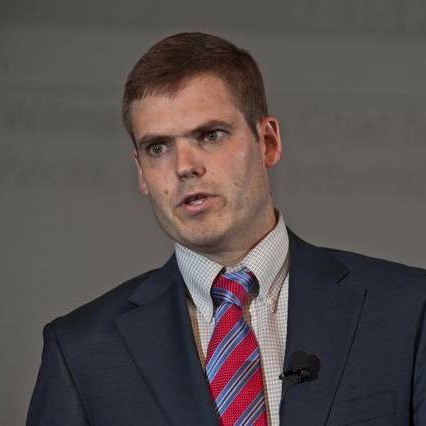 Jack Wilmer
Jack Wilmer
CTO
Enterprise Services, DISA -
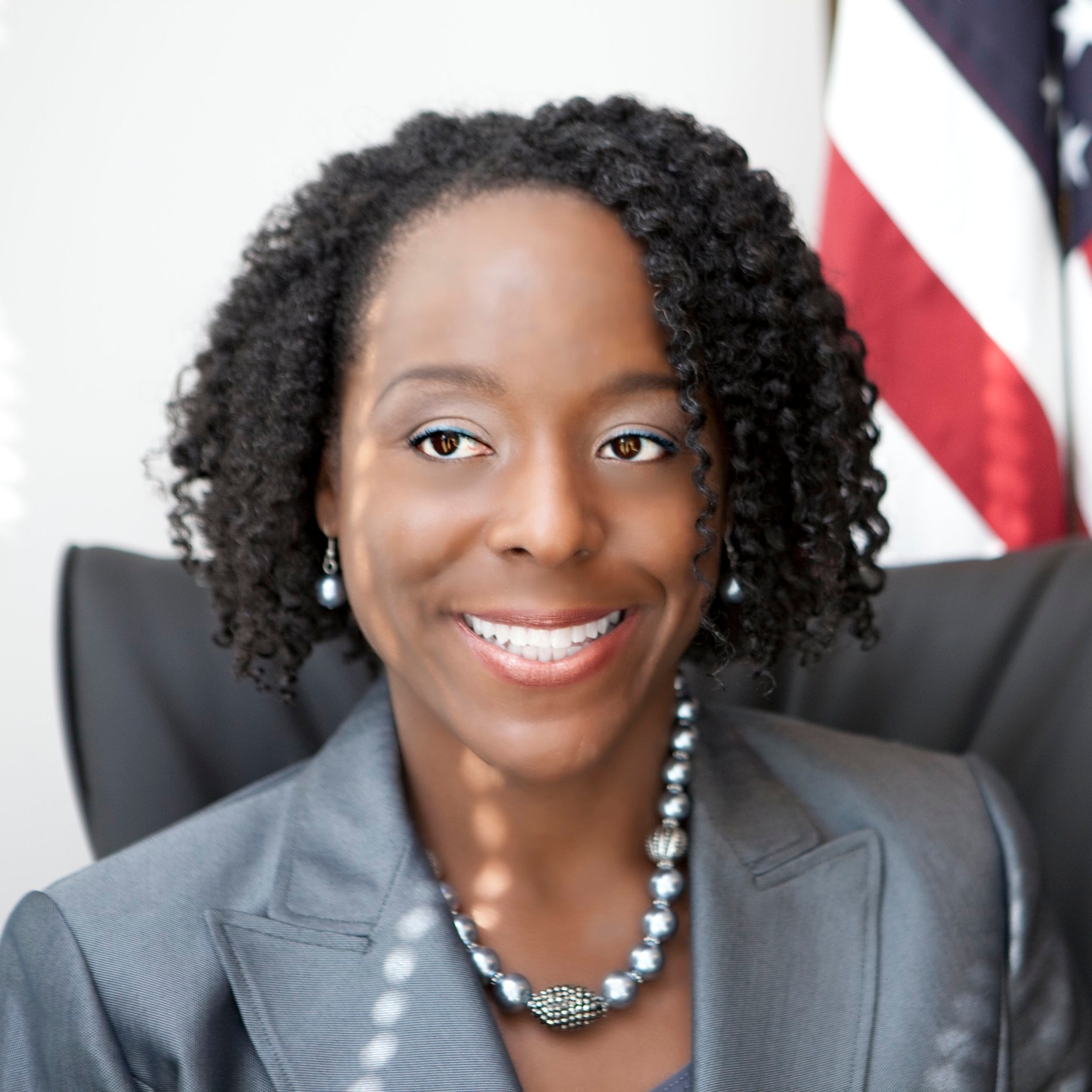 Veda Woods
Veda Woods
CISO & Deputy CIO
Recovery Accountability & Transparency Board -
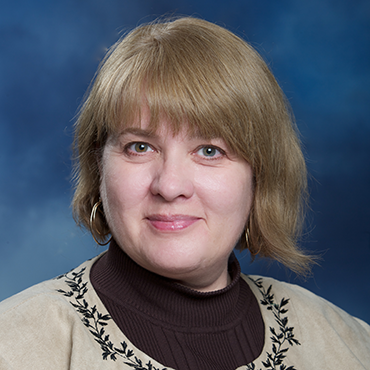 Pam Wright
Pam Wright
Chief Innovation Officer
NARA -
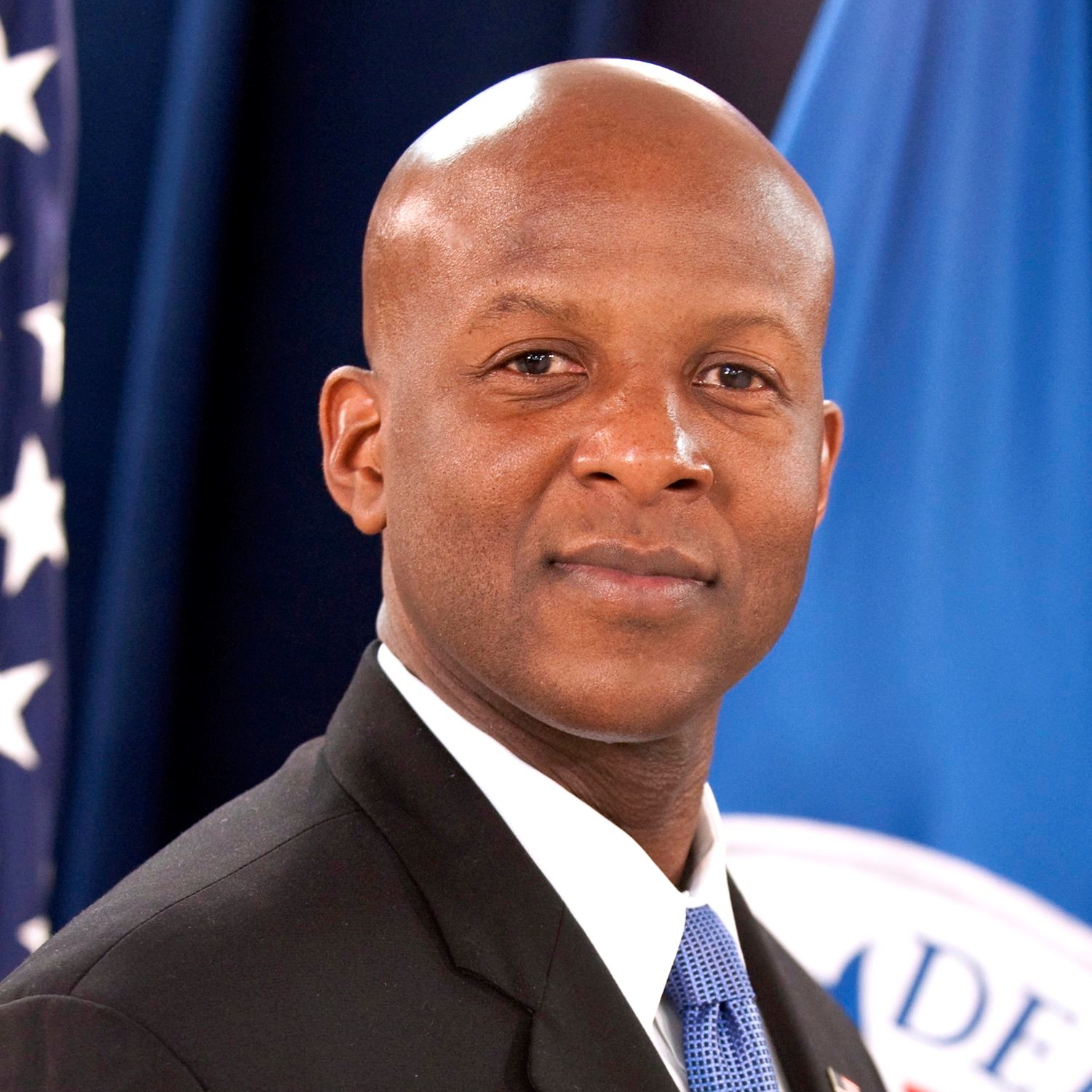 Richard Young
Richard Young
Director of IT Policy & Compliance
DHS
Disruptor of the Year:
Leading innovators not afraid to challenge conventional wisdom and shake up the status quo.
-
 Brian Abrahamson
Brian Abrahamson
CIO
Pacific Northwest Laboratory -
 Randy Abramson
Randy Abramson
Director, Digital AV Products & Strategy
Broadcasting Board of Governors -
 Ben Balter
Ben Balter
Government Evangelist
GitHub -
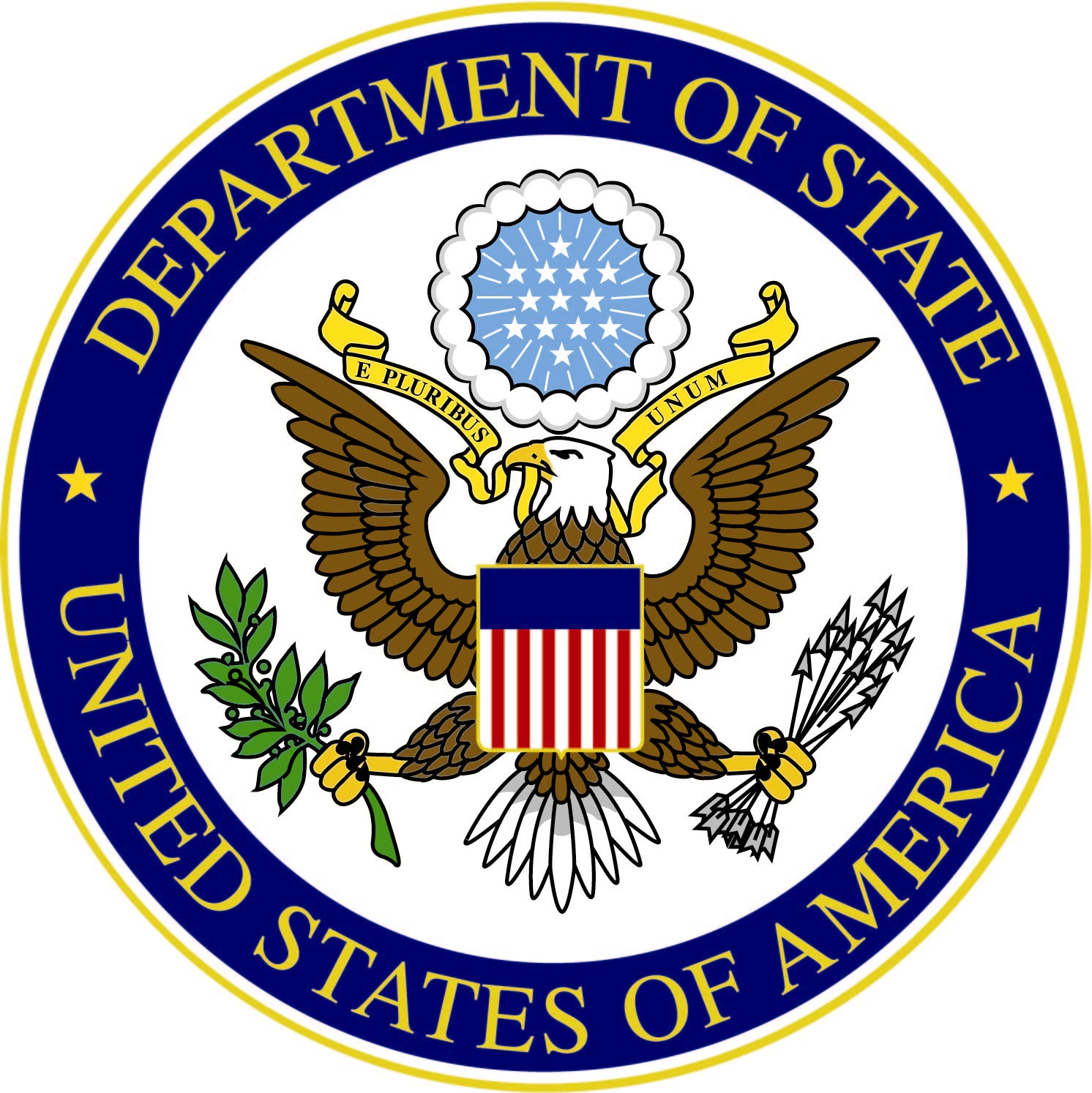 Cecilia Coates
Cecilia Coates
Director of Property Management & Policy
Dept. of State -
 Mikey Dickerson
Mikey Dickerson
Administrator
U.S. Digital Service
Executive Office of the President -
 Robert Ellison
Robert Ellison
Enterprise Architect
DHS -
 Greg Frey
Greg Frey
Executive Director, IT
DHS -
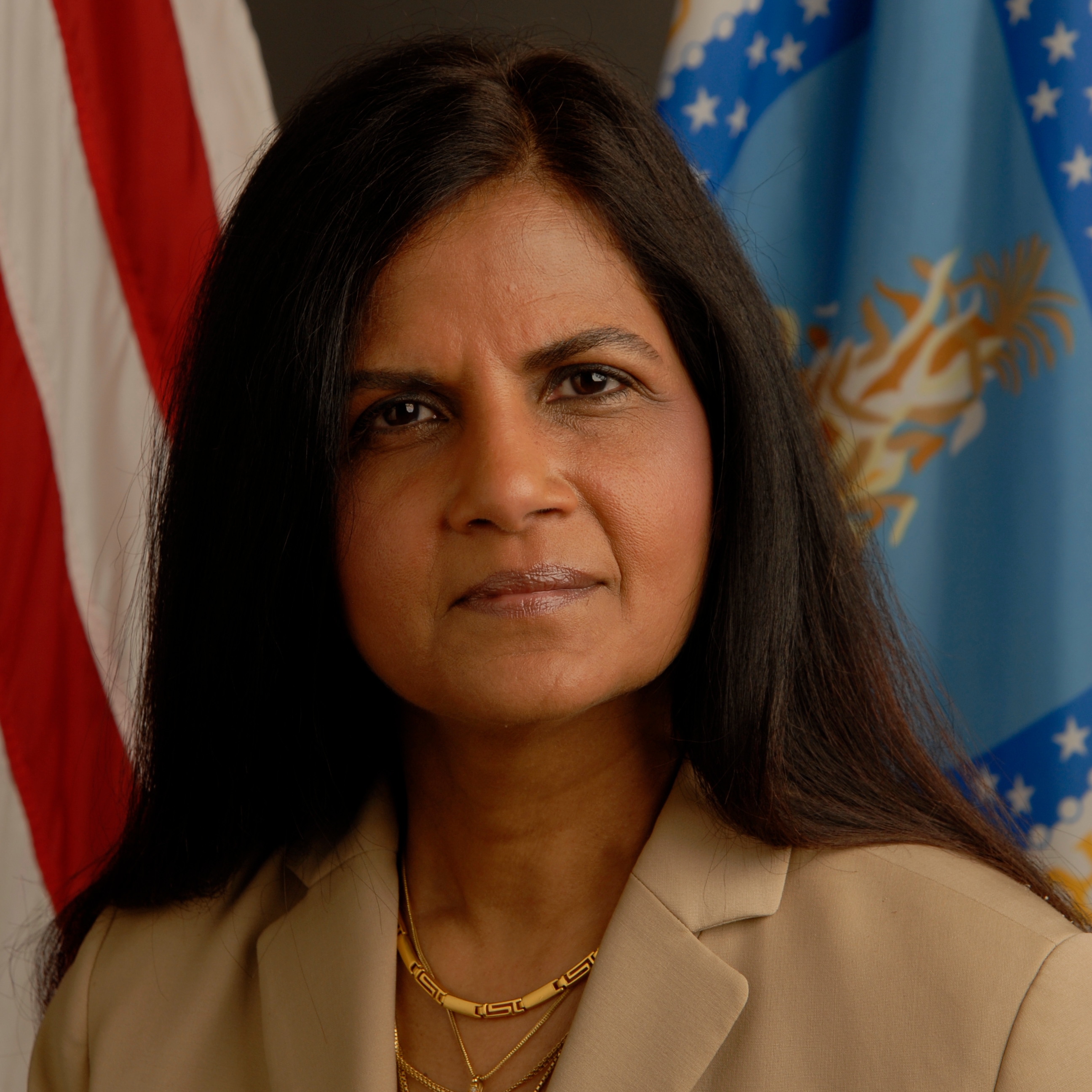 Indu Garg
Indu Garg
Director, HR Enterprise Systems Management
USDA -
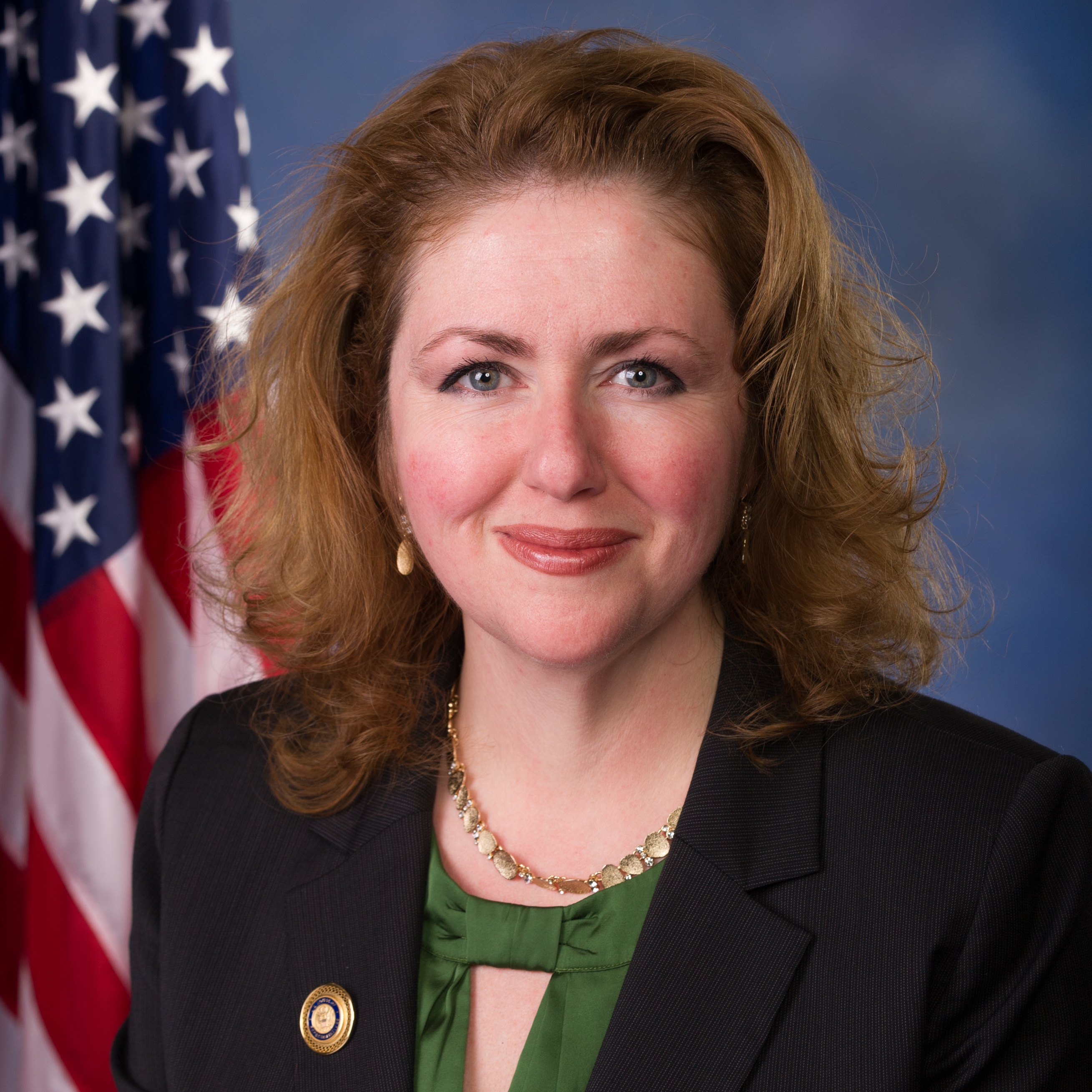 Theresa Grafenstine
Theresa Grafenstine
Inspector General
U.S. House of Representatives -
 Xavier Hughes
Xavier Hughes
Chief Innovation Officer
Dept.of Labor -
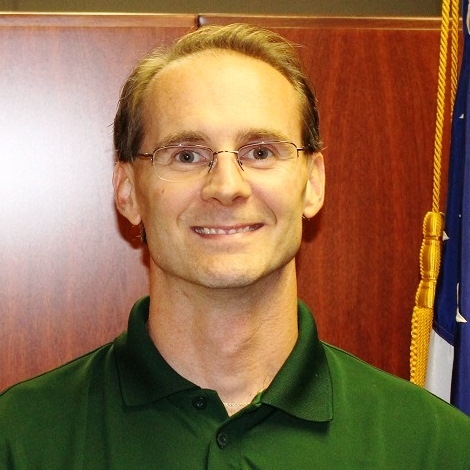 Ronald MacKenzie
Ronald MacKenzie
Chief, Business Applications Branch
RMA/USDA -
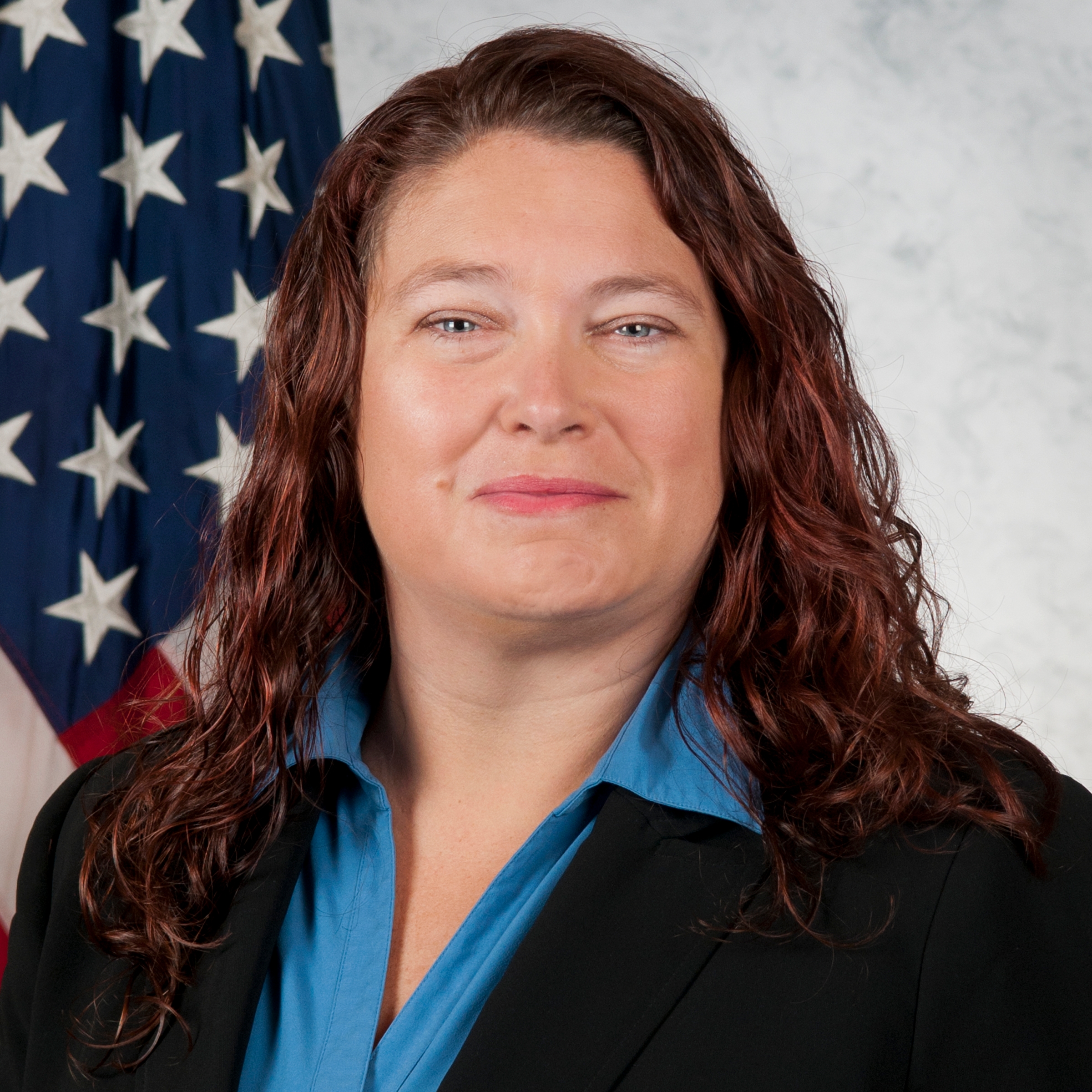 Marsha Mullins
Marsha Mullins
Chief, JSJ6 DDC5I
Joint Fires Division/DOD -
 Justin Palmer
Justin Palmer
Open Systems Lead
NITC/USDA -
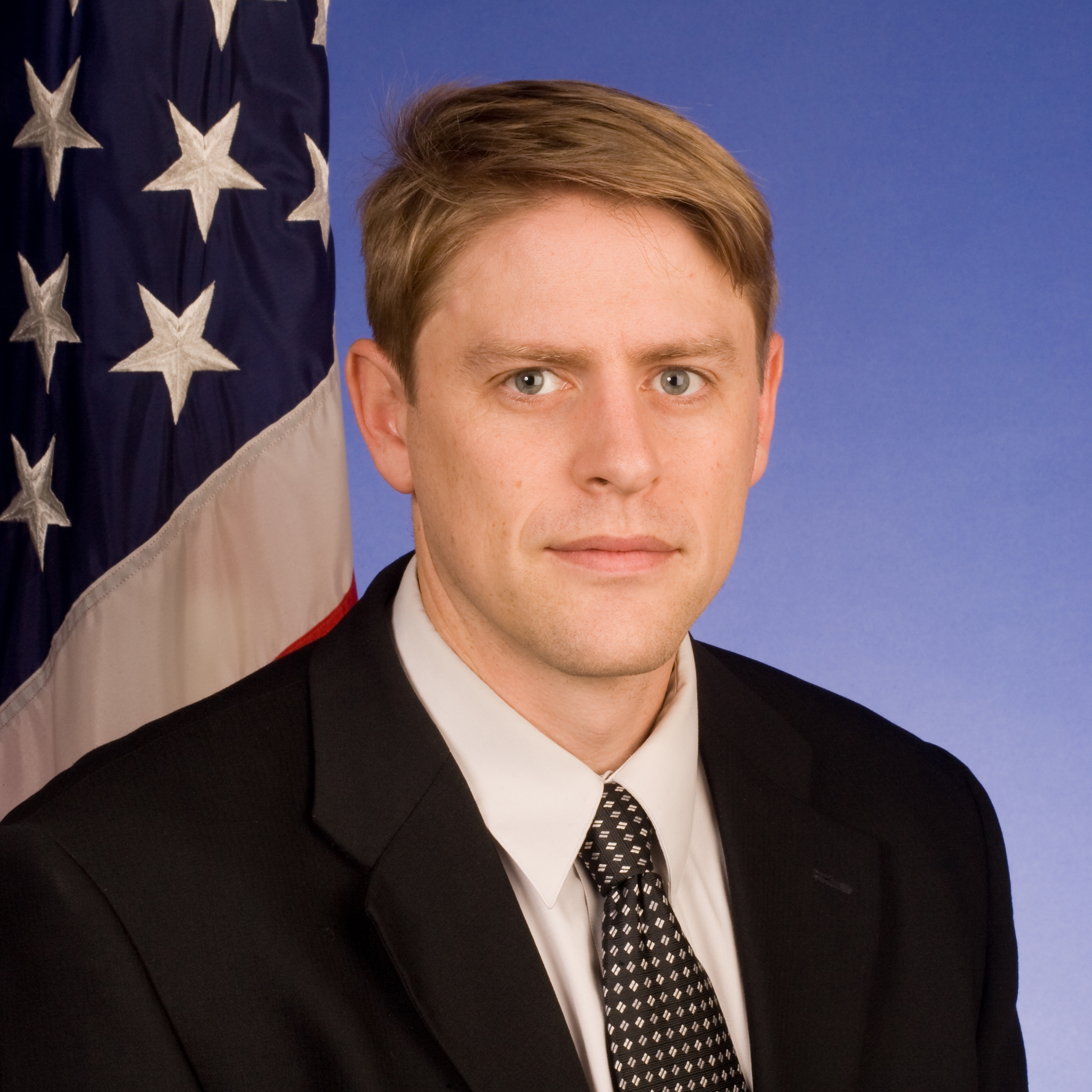 Mike Pulsifer
Mike Pulsifer
Lead IT Specialist
Dept. of Labor -
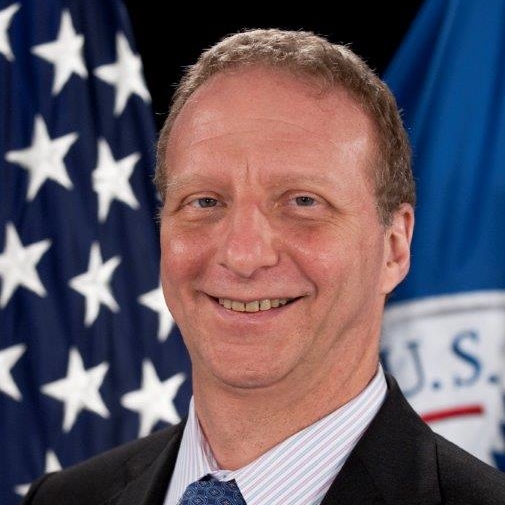 Mark Schwartz
Mark Schwartz
CIO
USCIS/DHS -
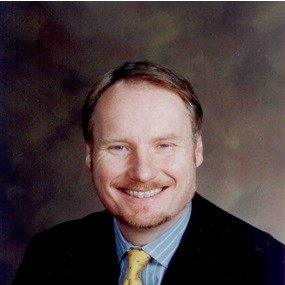 Richard Struse
Richard Struse
CTO
OCC/DHS -
 OPA HIT Team, Office of Population Affairs
OPA HIT Team, Office of Population Affairs
HHS
Cybersecurity Leader of the Year:
For the leader paving the way in cybersecurity innovation.
-
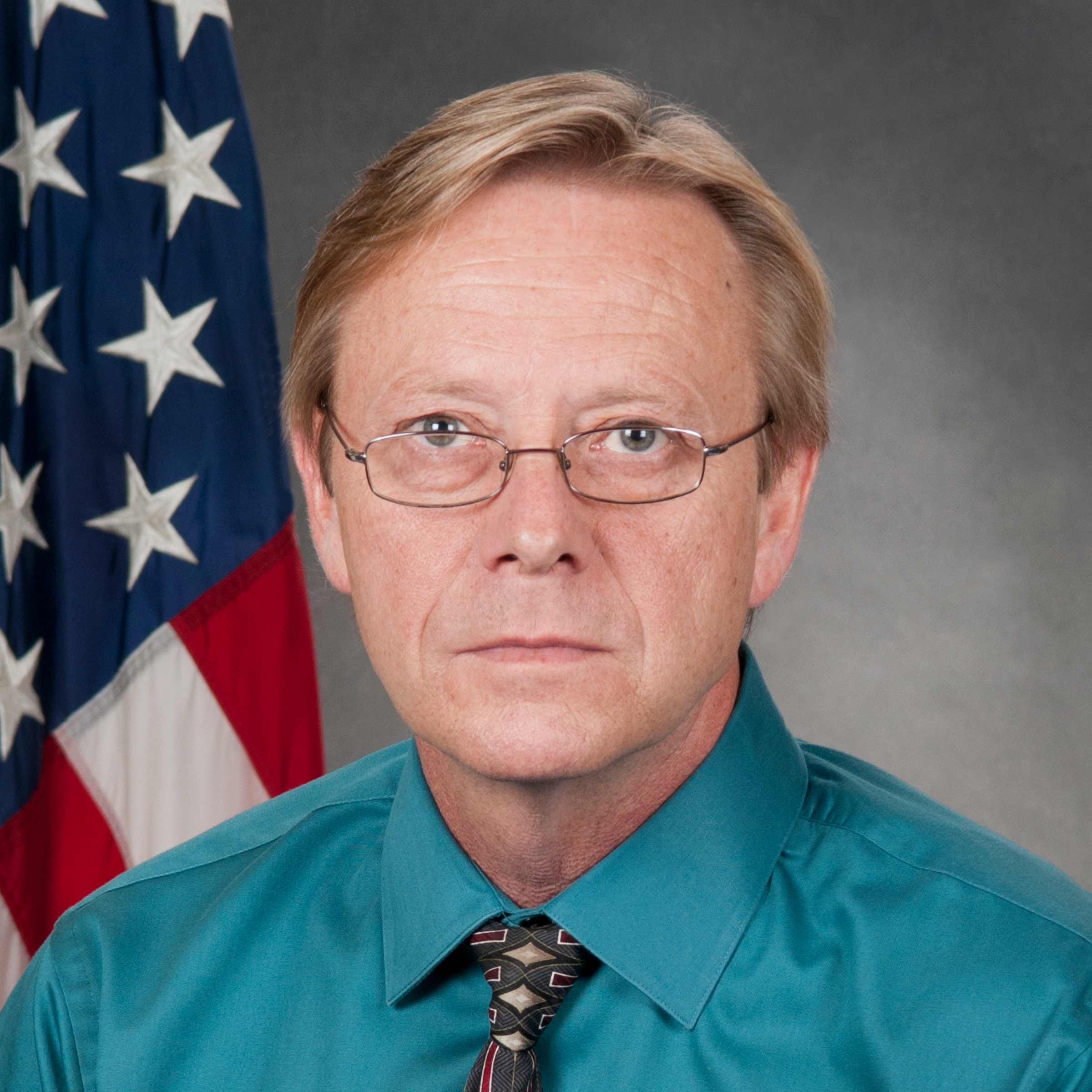 Randy Coonts
Randy Coonts
C4/Cyber Integration Branch Chief
DOD/Joint Staff J6 -
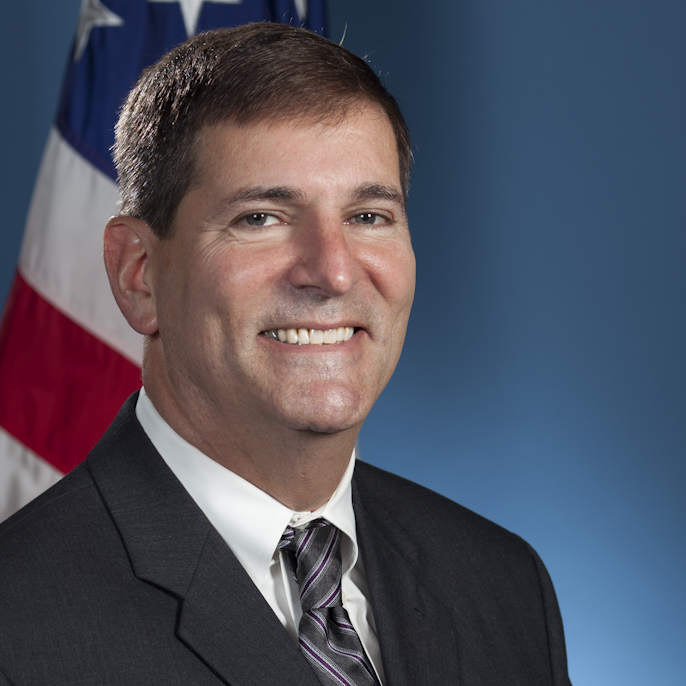 Jeffrey Eisensmith
Jeffrey Eisensmith
CISO
DHS -
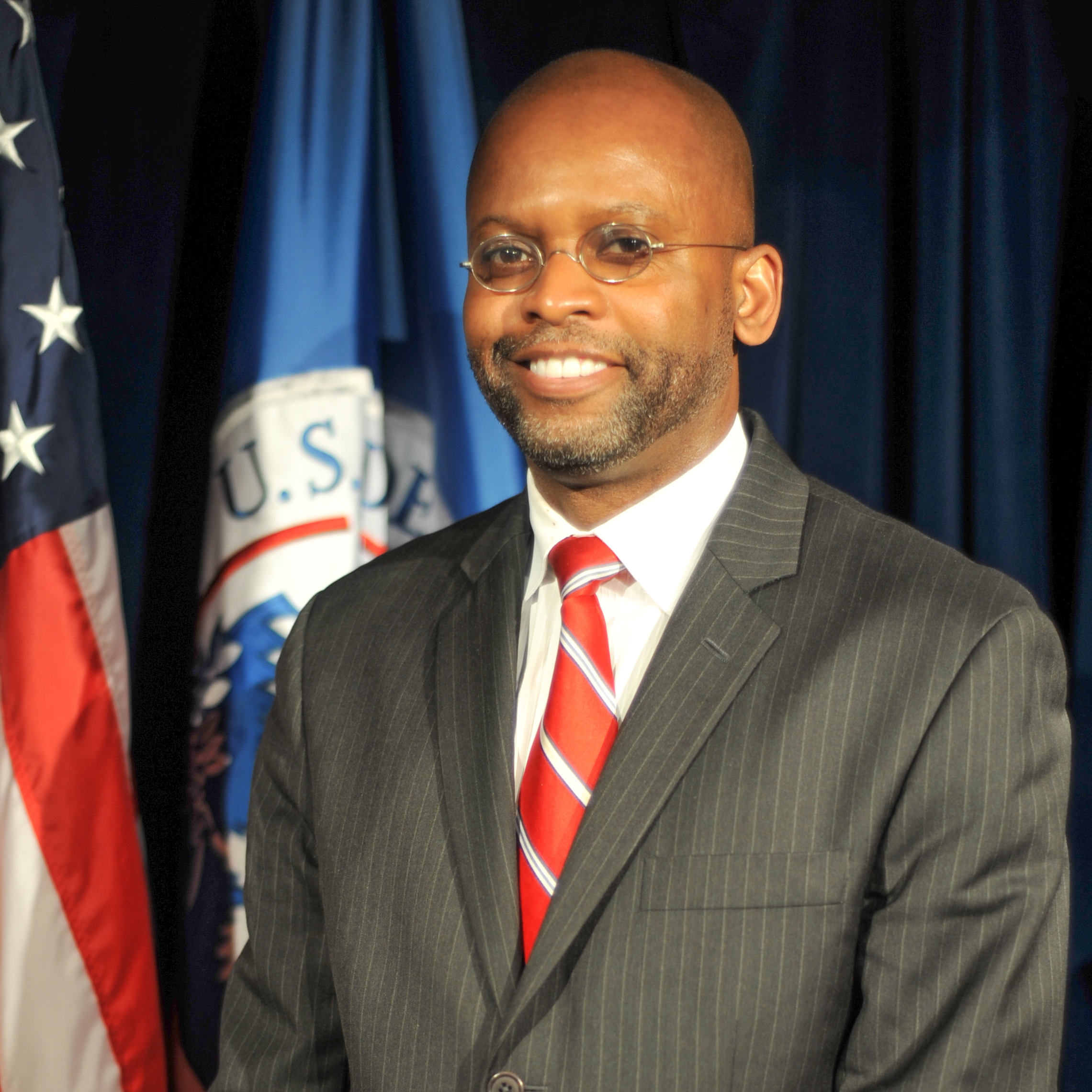 Adrian Gardner
Adrian Gardner
CIO
FEMA -
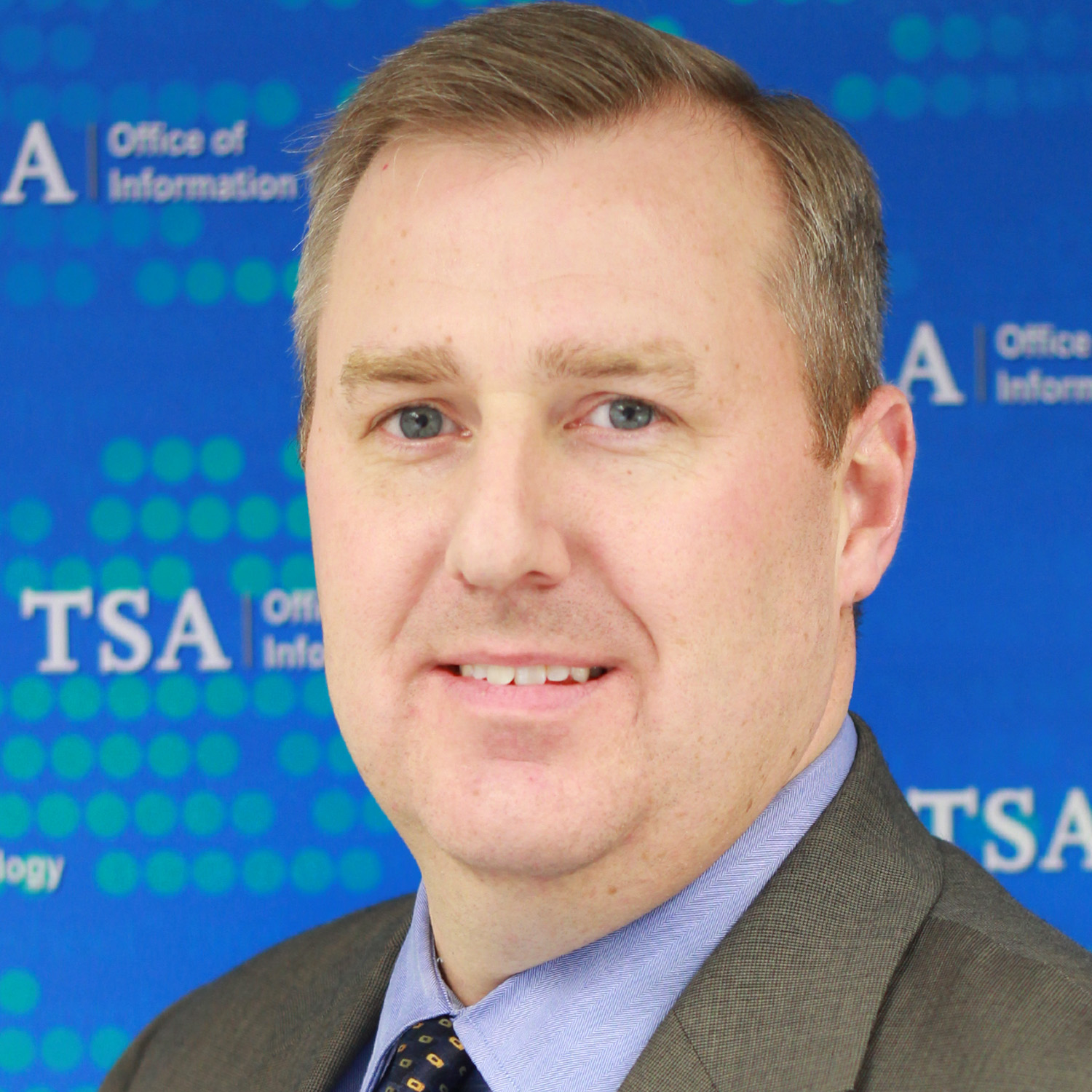 Brian Gough
Brian Gough
Branch Manager
TSA/DHS -
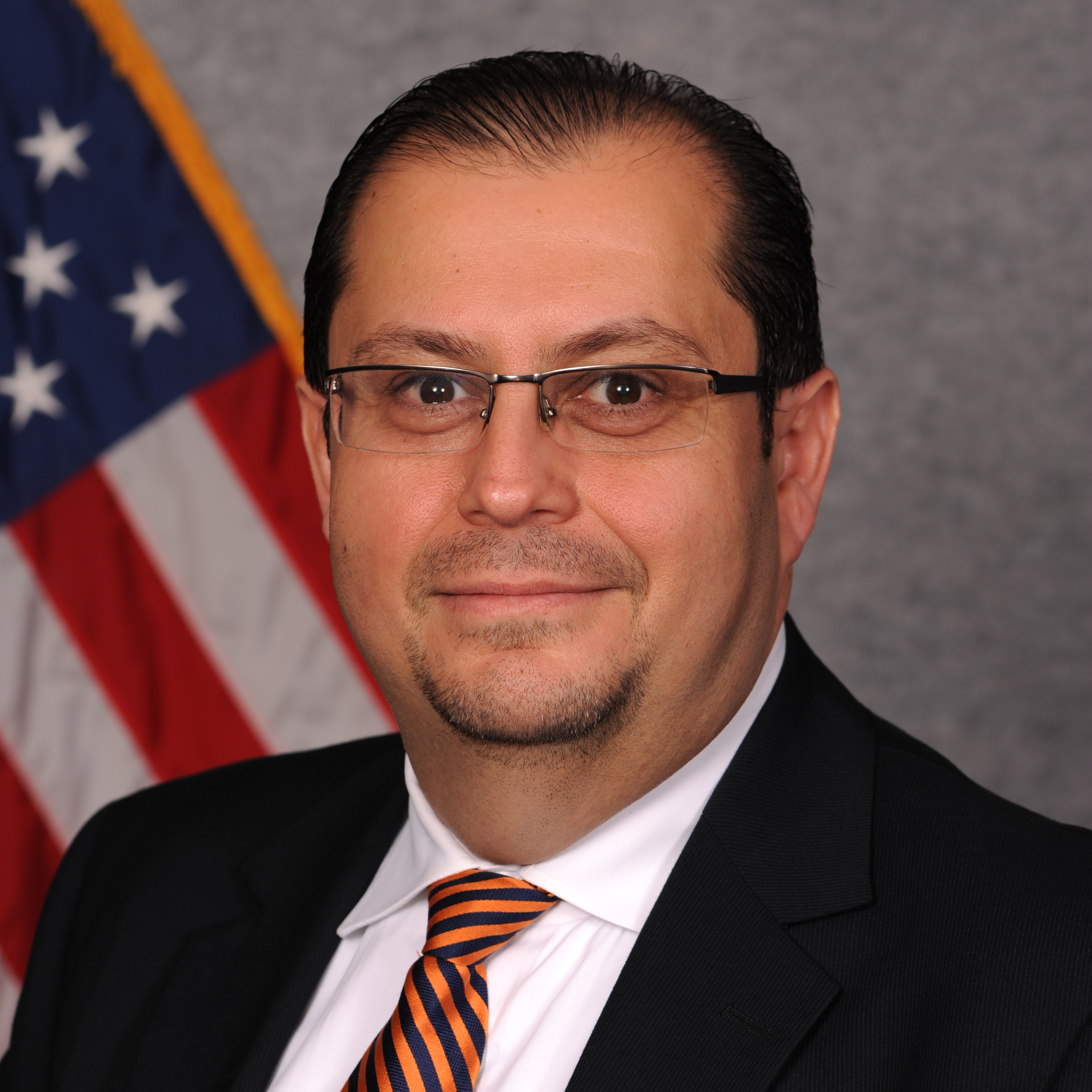 Alen Kirkorian
Alen Kirkorian
CISO
OPIC -
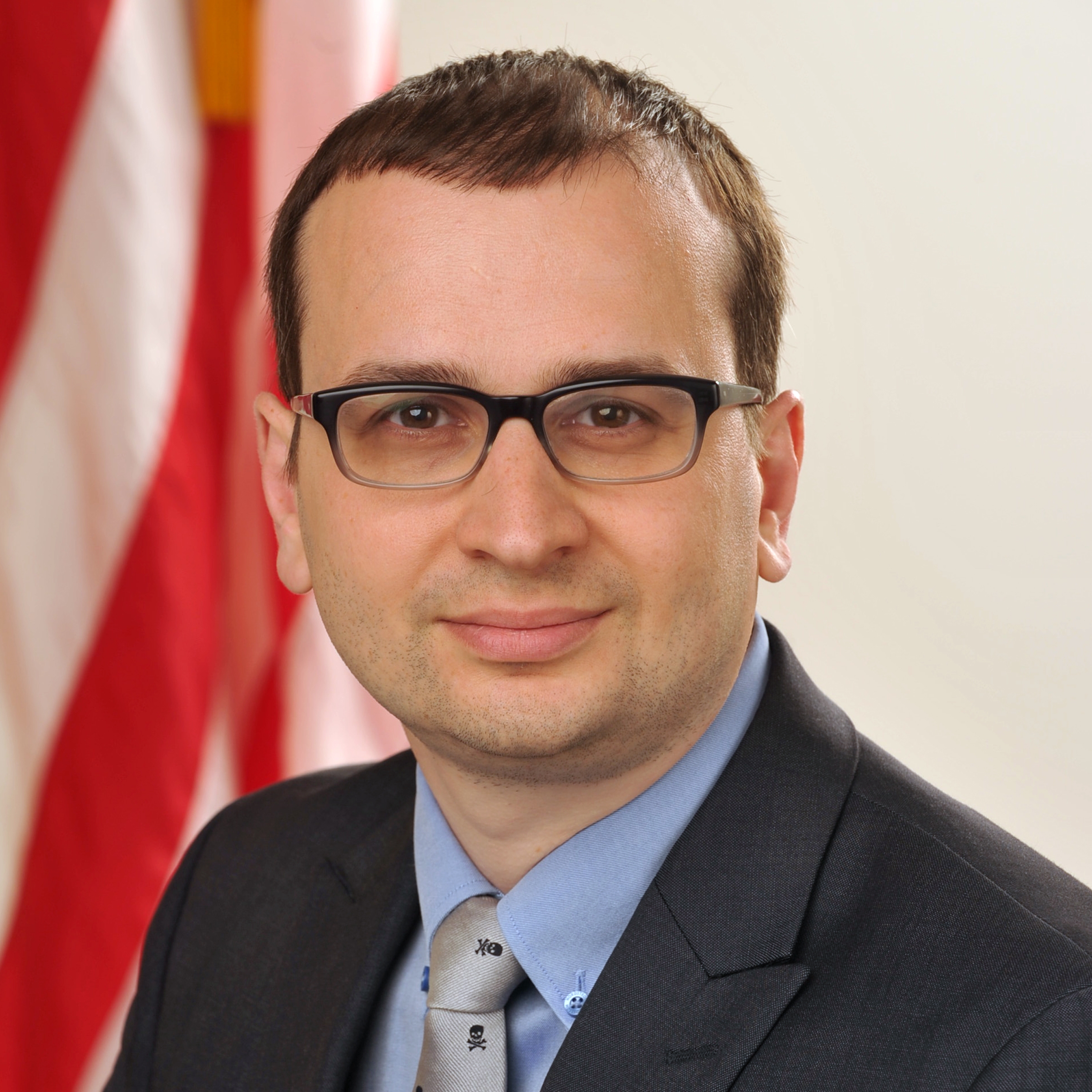 Michael Levin
Michael Levin
Director of Security Design & Innovation
HHS -
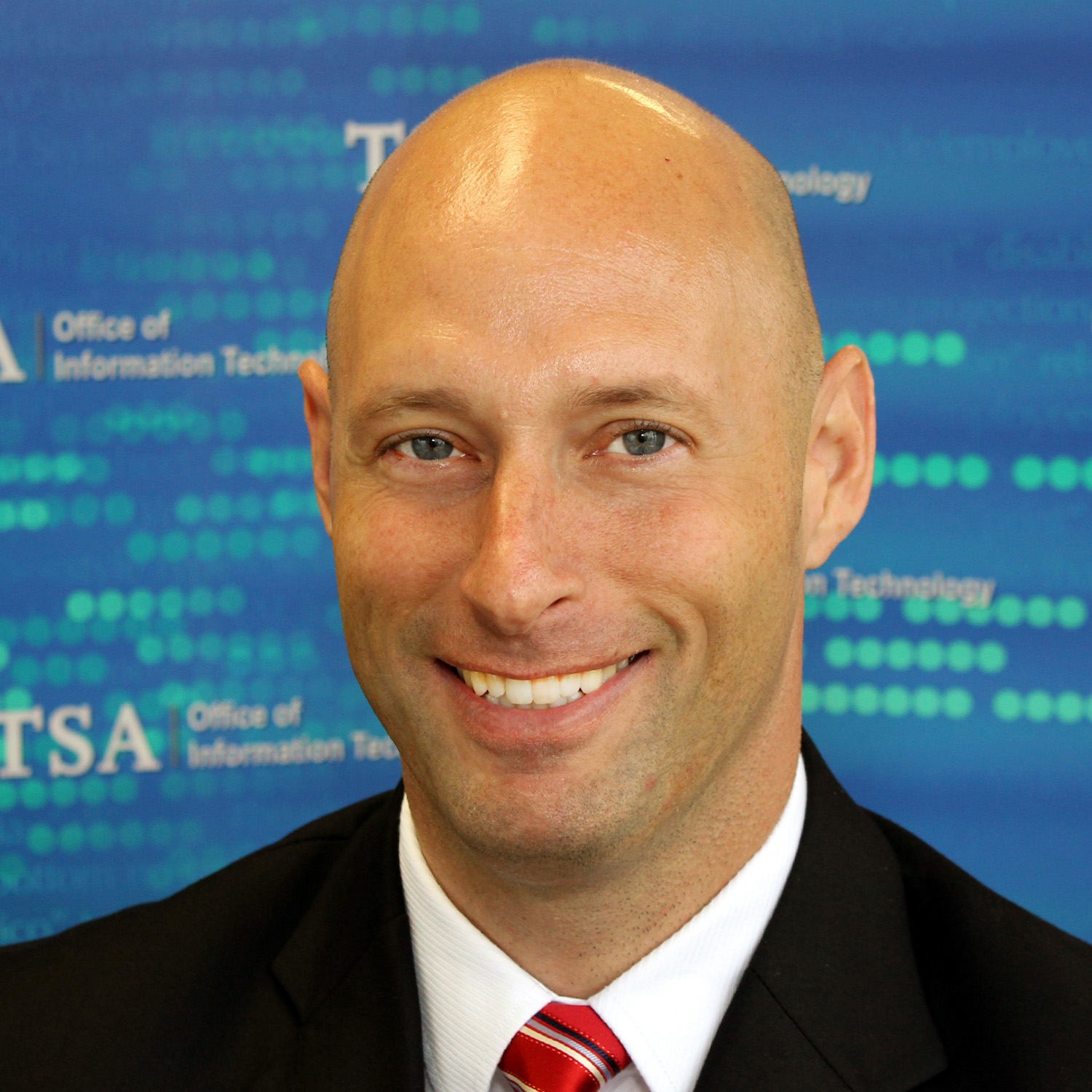 Greg Maier
Greg Maier
CISO
TSA/DHS -
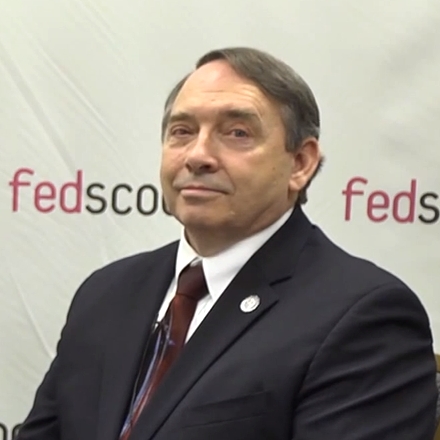 Chuck McGann
Chuck McGann
CISO
USPS -
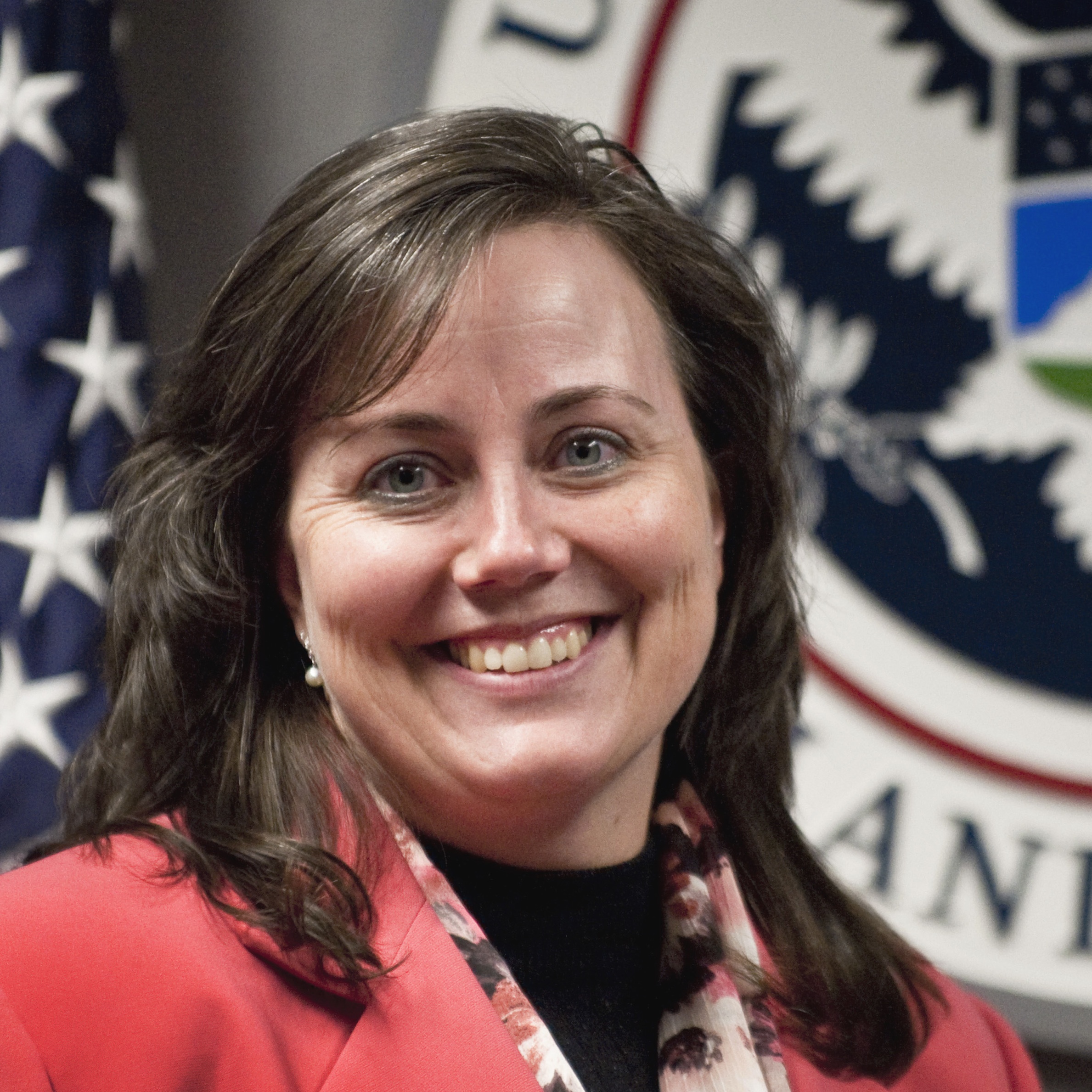 Roberta Stempfley
Roberta Stempfley
Deputy Assistant Secretary for Cybersecurity Strategy & Emergency Communications
DHS -
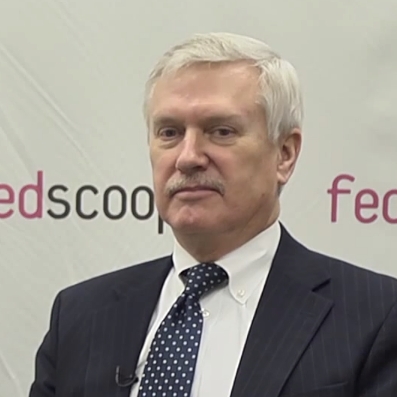 Rod Turk
Rod Turk
CISO
Dept. of Commerce -
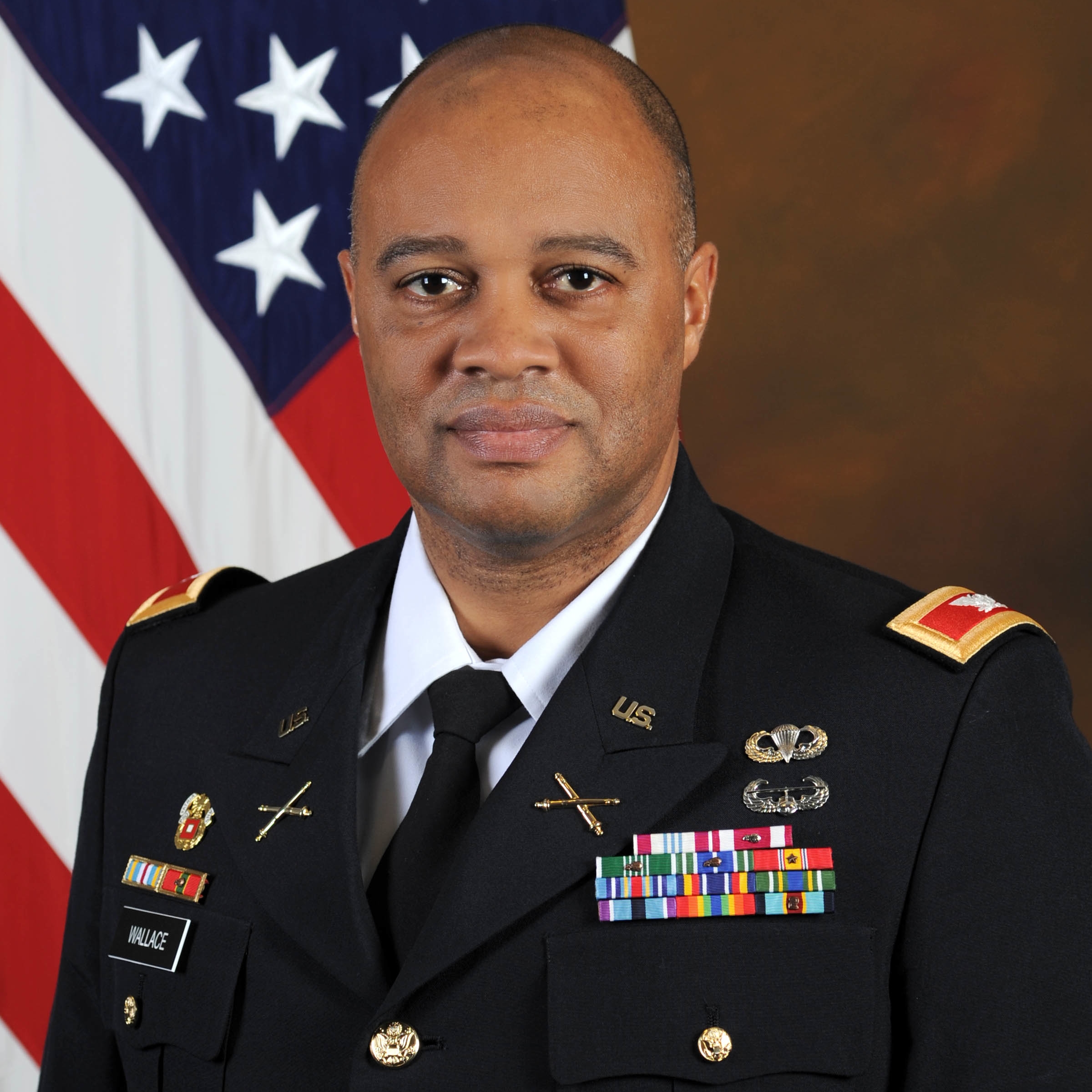 Col. Vince Wallace
Col. Vince Wallace
Chief Cybersecurity Division
DOD/Joint Staff J-6
FedMentor of the Year:
These busy leaders stepped up and took the time to share their very best practices, tips and career advice with the next generation of leaders.
-
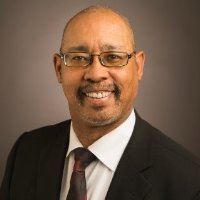 Flip Anderson
Flip Anderson
Acting Associate CIO
IRM/ USDA -
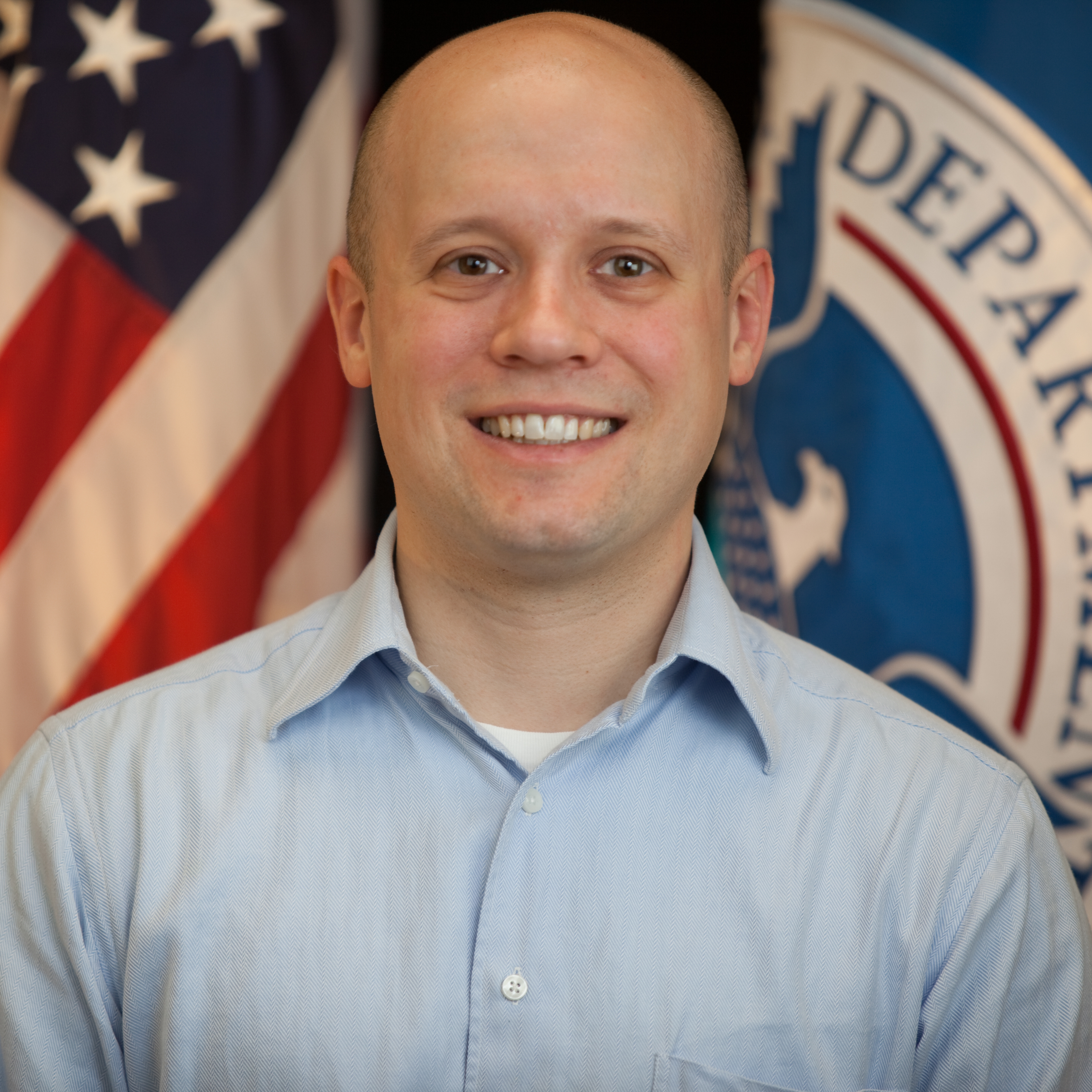 Luke Berndt
Luke Berndt
Program Manager
Cyber Security Division, Science & Technology Directorate, DHS -
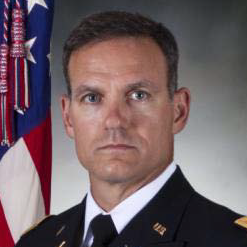 Col. Ken Blakely
Col. Ken Blakely
Commander
Command & Control Support Agency/ U.S. Army G-3/5/7 -
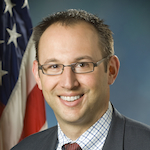 Jonathan Cantor
Jonathan Cantor
Deputy Chief Privacy Officer
DHS -
 Camsie McAdams
Camsie McAdams
Deputy Director STEM
Dept. of Education -
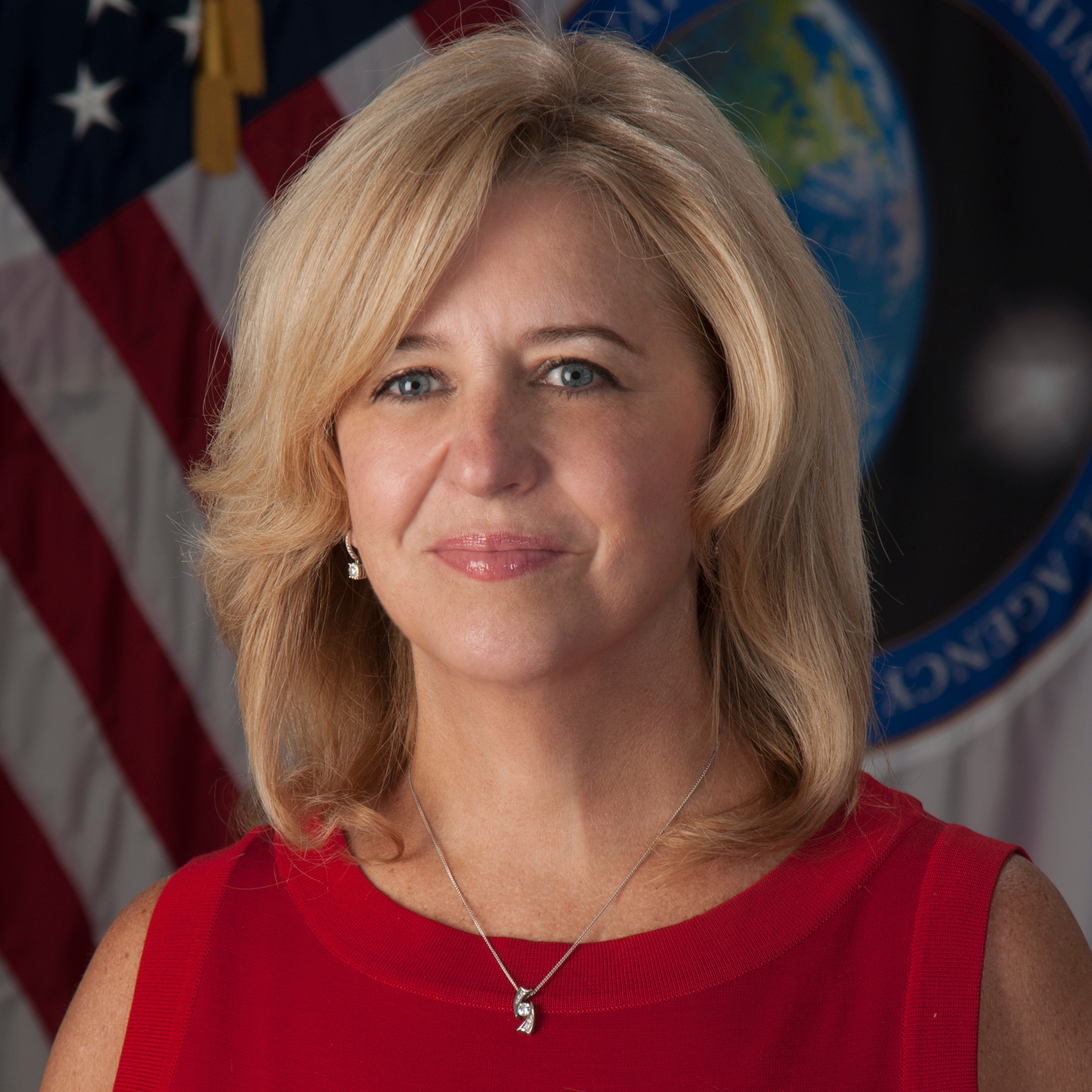 Ellen McCarthy
Ellen McCarthy
COO
National Geospatial-Intelligence Agency -
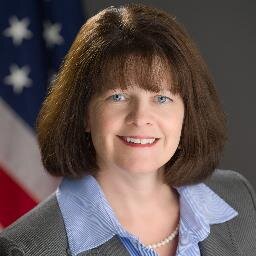 Maureen Ohlhausen
Maureen Ohlhausen
Commissioner
Federal Trade Commission -
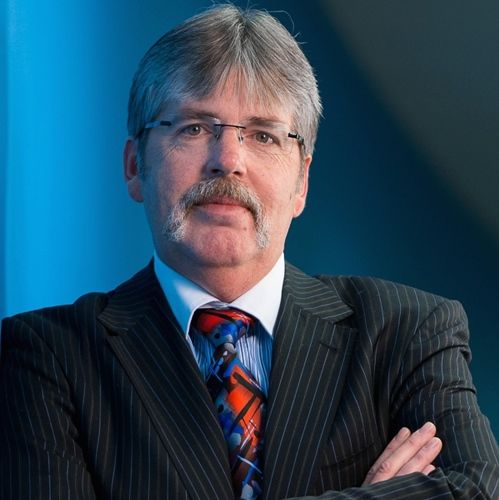 James Steven
James Steven
Acting CIO
NITC/USDA
Innovation of the Year:
Technologies implemented this year that may have been unfathomable until recently.
-
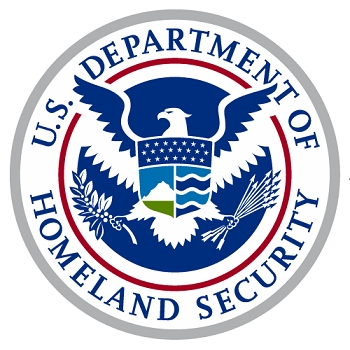 888 Emergency Dialing
888 Emergency Dialing
TSA/DHS
-
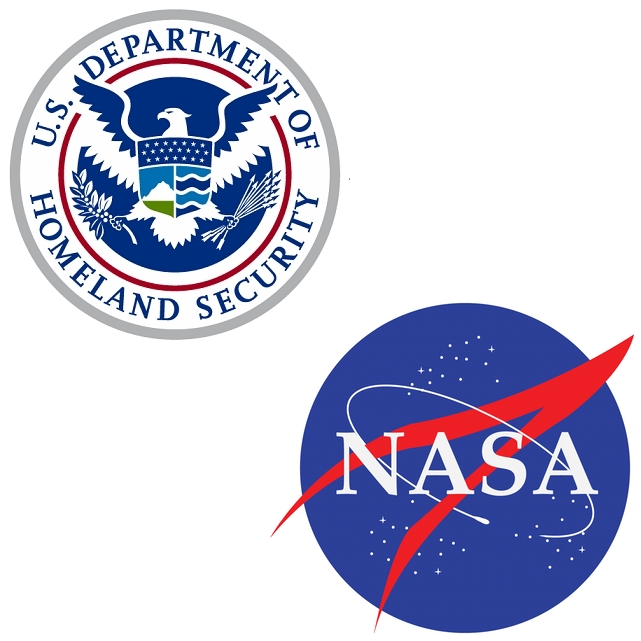 FINDER
FINDER
DHS Science & Technology Directorate & NASA's Jet Propulsion Laboratory
-
 PTSAT
PTSAT
DHS
-
 SEED Platform
SEED Platform
Dept. of Energy
Tech Champion of the Year:
For the leaders whose passion for tech made us all think outside of the box.
-
 Hillary Hartley
Hillary Hartley
Deputy Executive Director
18F, GSA -
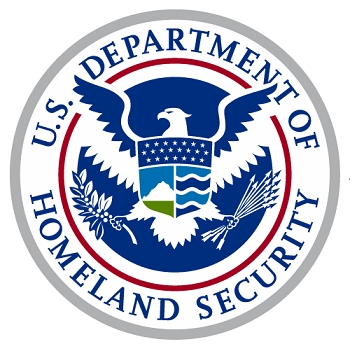 Dale “Tank” Partridge
Dale “Tank” Partridge
Enterprise Architect
DHS -
 Sokwoo Rhee
Sokwoo Rhee
Co-Founder & CTO Millennial Net
NIST -
 Marla Somerville
Marla Somerville
Associate CIO, ACA Program Mgmt. Office
IRS -
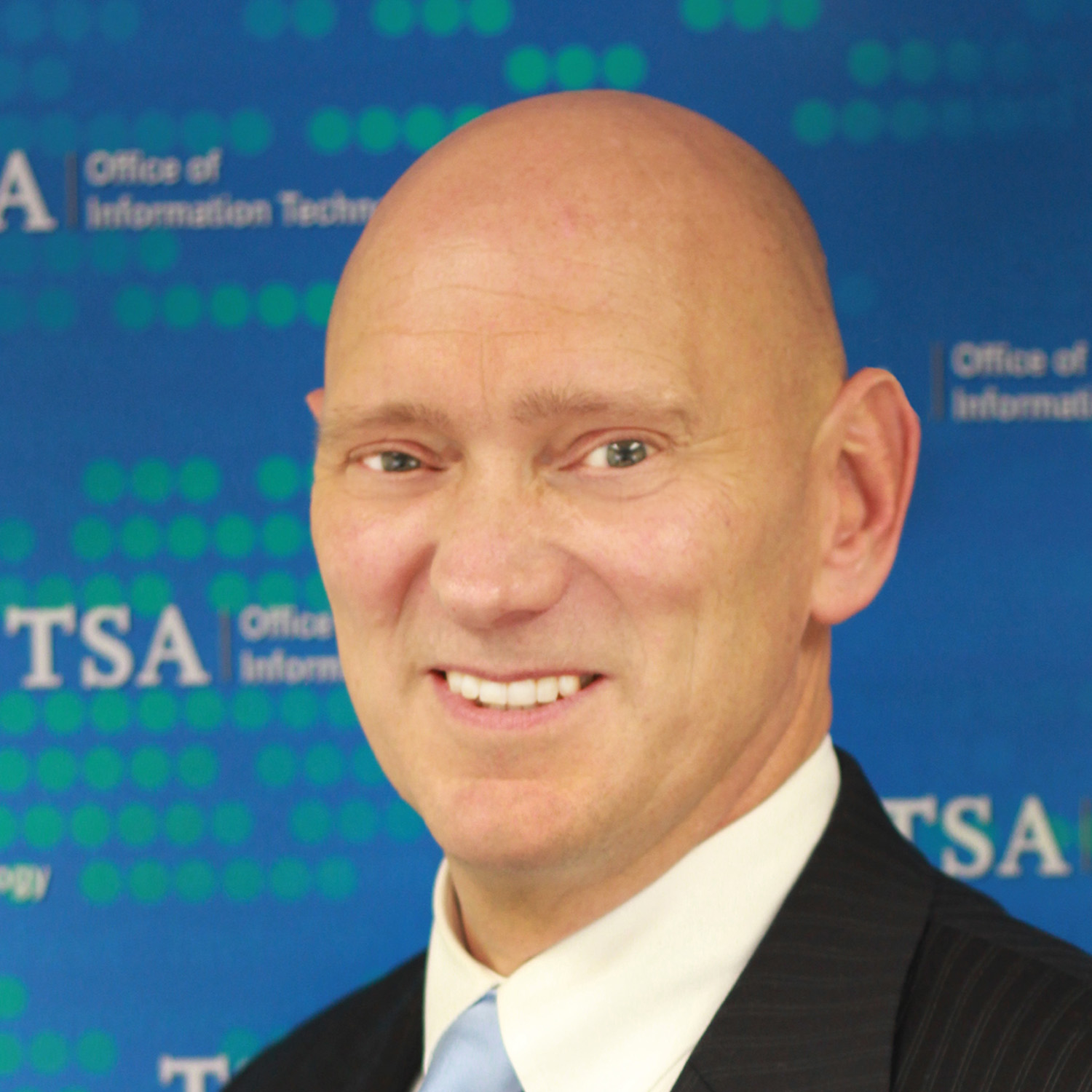 Robert Vojtik
Robert Vojtik
Director, End User Services Division
TSA/DHS -
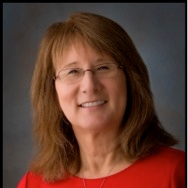 Kathy Warnaar
Kathy Warnaar
Manager, Performance Achievement
USPS
Tech Program of the Year:
The best examples of influential tech programs that have led to cost savings, efficiencies and partnerships between agencies.
-
 18F
18F
GSA
-
 Annie Program
Annie Program
Dept. of Veterans Affairs
-
 Benefits.gov Program
Benefits.gov Program
Dept. of Labor
-
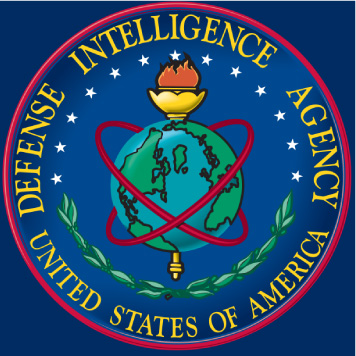 BITMAP T&L Project
BITMAP T&L Project
Defense Intelligence Agency
-
 Continuous Diagnostics & Mitigation Program
Continuous Diagnostics & Mitigation Program
DHS
-
 Data Center Consolidation Project
Data Center Consolidation Project
Defense Intelligence Agency
-
 Enterprise Cyberspace Range Environment
Enterprise Cyberspace Range Environment
(DECRE C2 IS), DOD
-
 Enterprise Management Decision Support
Enterprise Management Decision Support
U.S. Army G-3/5/7
-
 ePolicyWorks
ePolicyWorks
Dept. of Labor
-
 Federal Project Management Community of Practice
Federal Project Management Community of Practice
Director, MISD
EPA -
 Idea Lab
Idea Lab
HHS
-
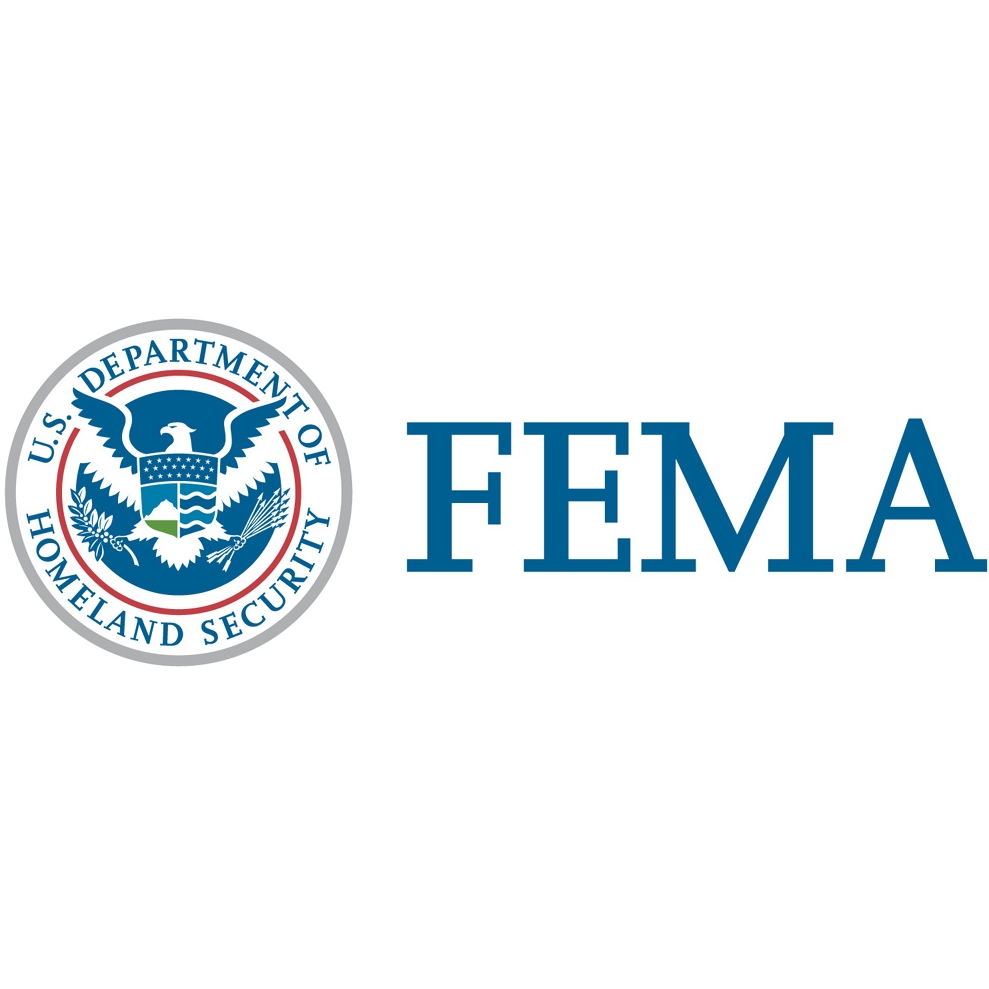 Integrated Public Alert & Warning System
Integrated Public Alert & Warning System
FEMA
-
 Navy Medical Clinical Desktop Program
Navy Medical Clinical Desktop Program
(NAVMISSA), Dept. of Navy
-
 OCSIT Customer Experience Program
OCSIT Customer Experience Program
GSA
-
 OneUSDA
OneUSDA
HR Enterprise System Management, USDA
-
 Pegasus Team
Pegasus Team
DOD/Joint Staff J-6
-
 PEO EIS Software Code Review Program
PEO EIS Software Code Review Program
U.S. Army
-
 Tactical Infrastructure Enterprise Services Coalition Warfare Program
Tactical Infrastructure Enterprise Services Coalition Warfare Program
DOD
-
 Technology Infrastructure Modernization Program
Technology Infrastructure Modernization Program
TSA/DHS
-
 Virtual Student Foreign Service
Virtual Student Foreign Service
Dept. of State
-
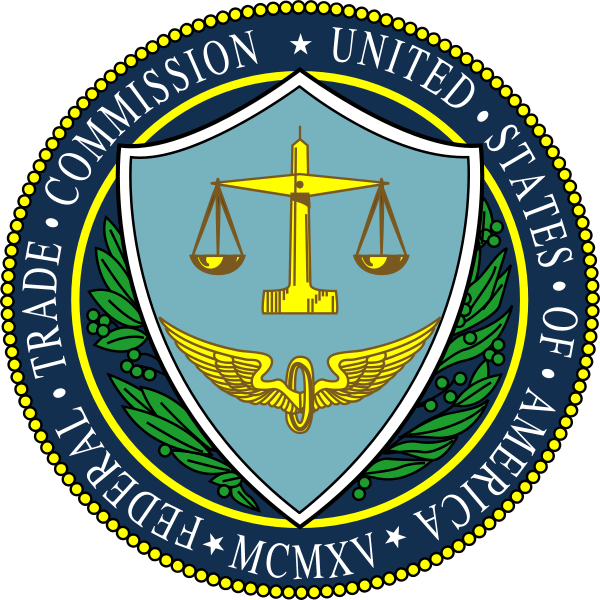 Zapping Rachel-attempting to eliminate Robocalls
Zapping Rachel-attempting to eliminate Robocalls
FTC
Most Inspiring Up & Comer:
Young leaders who did exceptional IT work this year and made you think, “They’ll be running the show someday.”
-
 Daniel Alonso
Daniel Alonso
Chief, Enterprise IT Support Operations
OCC/Dept. of Treasury -
 Alison Amor
Alison Amor
Web Director
NIFA -
 Sebrina Blake
Sebrina Blake
Branch Chief, New Service Design & Development Division
Dept. of State -
 Mika Cross
Mika Cross
Workplace Transformation Strategist
OPM -
 Aaron Drew
Aaron Drew
Chief Engineer & Technical Director, VistA Evolution Program
Dept. of Veterans Affairs -
 Neil Evans
Neil Evans
Co-Director, Connected Health
Dept. of Veteran Affairs -
 Hao-y Froemling
Hao-y Froemling
Director, TSA PreCheck Program
TSA/DHS -
 Jennifer Gray
Jennifer Gray
Lead Cloud Enterprise Architect, Strategic Planning & Governance
HHS -
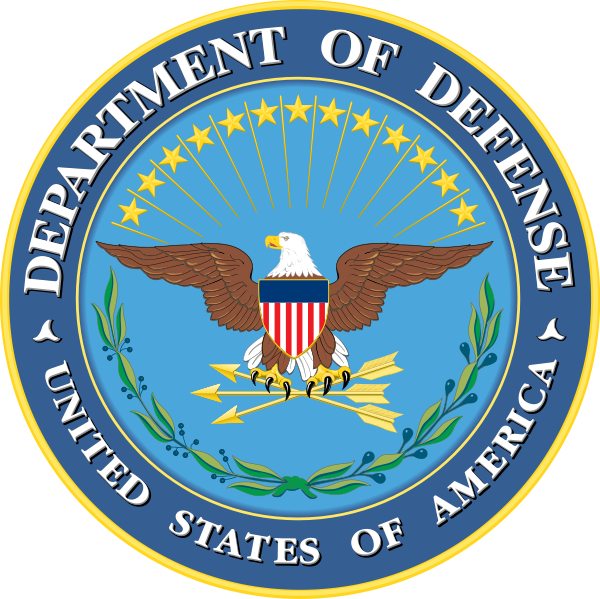 Brian Jones
Brian Jones
Computer Engineer Supervisor
DOD/Joint Staff J-6 -
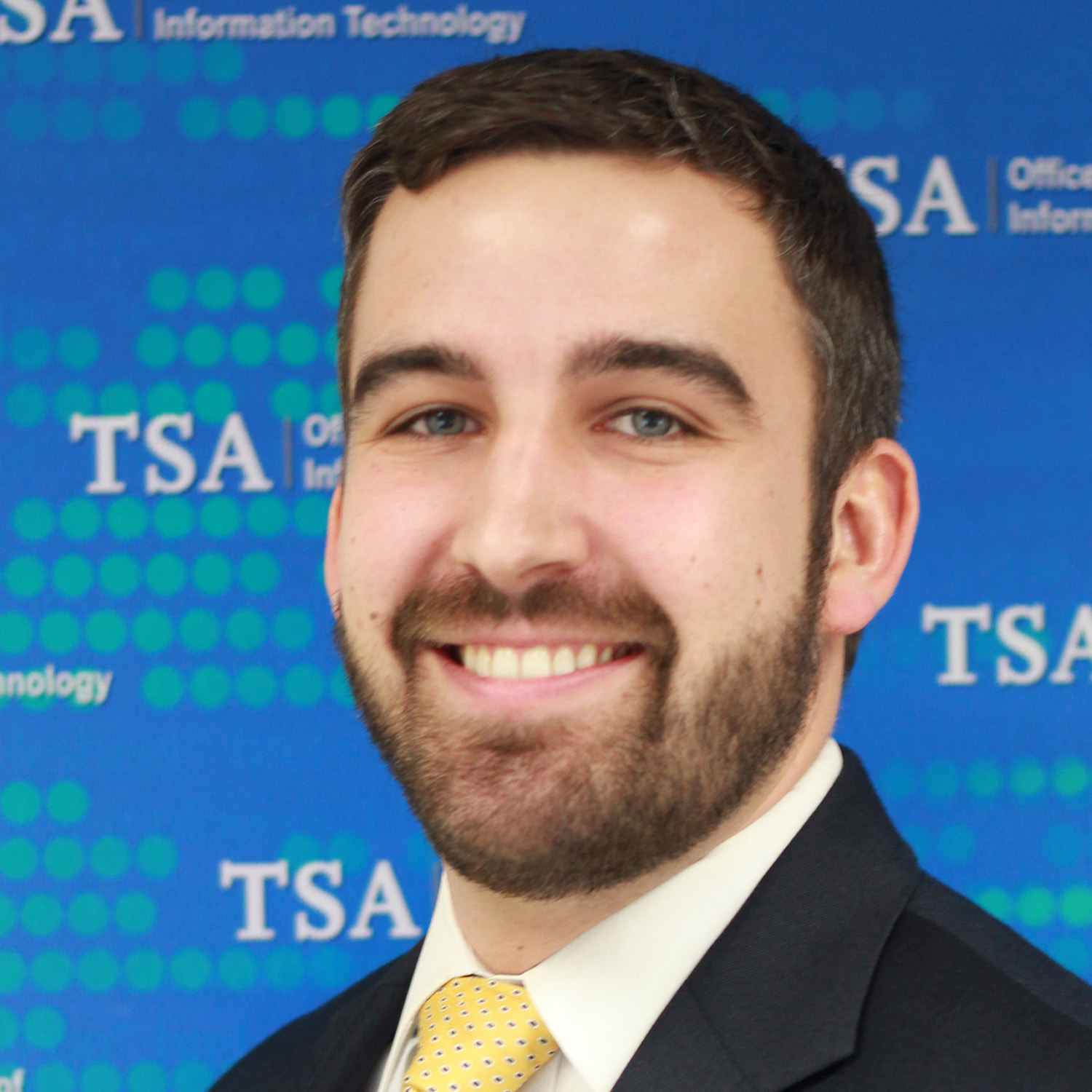 Christopher Jones
Christopher Jones
IT Specialist, End User Services Division, OIT
TSA/DHS -
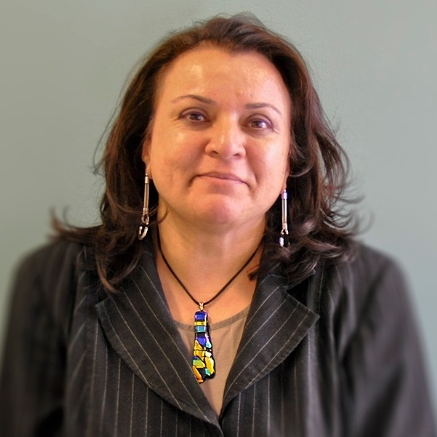 Roopangi Kadakia
Roopangi Kadakia
Web Services Executive
NASA -
 Mary Maher
Mary Maher
Chief, Web Services
Economic Research Services/USDA -
 Raphael Majma
Raphael Majma
Innovation Specialist
GSA -
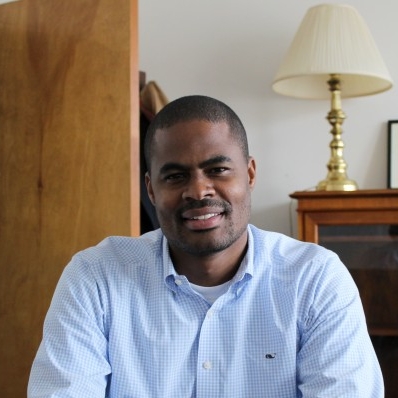 Amen Ra Mashariki
Amen Ra Mashariki
CTO
OPM -
 Erie Meyer
Erie Meyer
Sr. Advisor to the U.S. CTO
OSTP, Executive Office of the President -
 Ashley Stevenson
Ashley Stevenson
Identity, Credential & Access Management
DHS -
 David Zanoni
David Zanoni
Chief, Requirements Analysis & Validation Branch
RMA/USDA